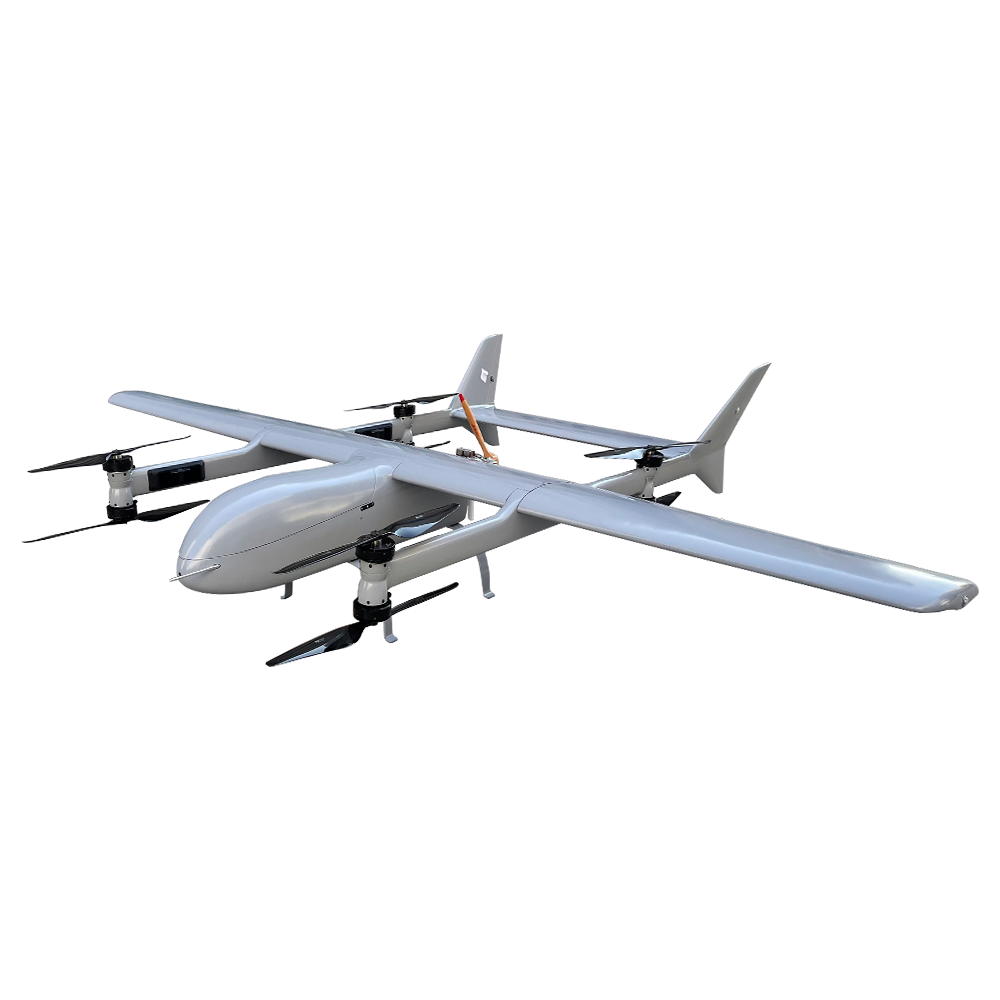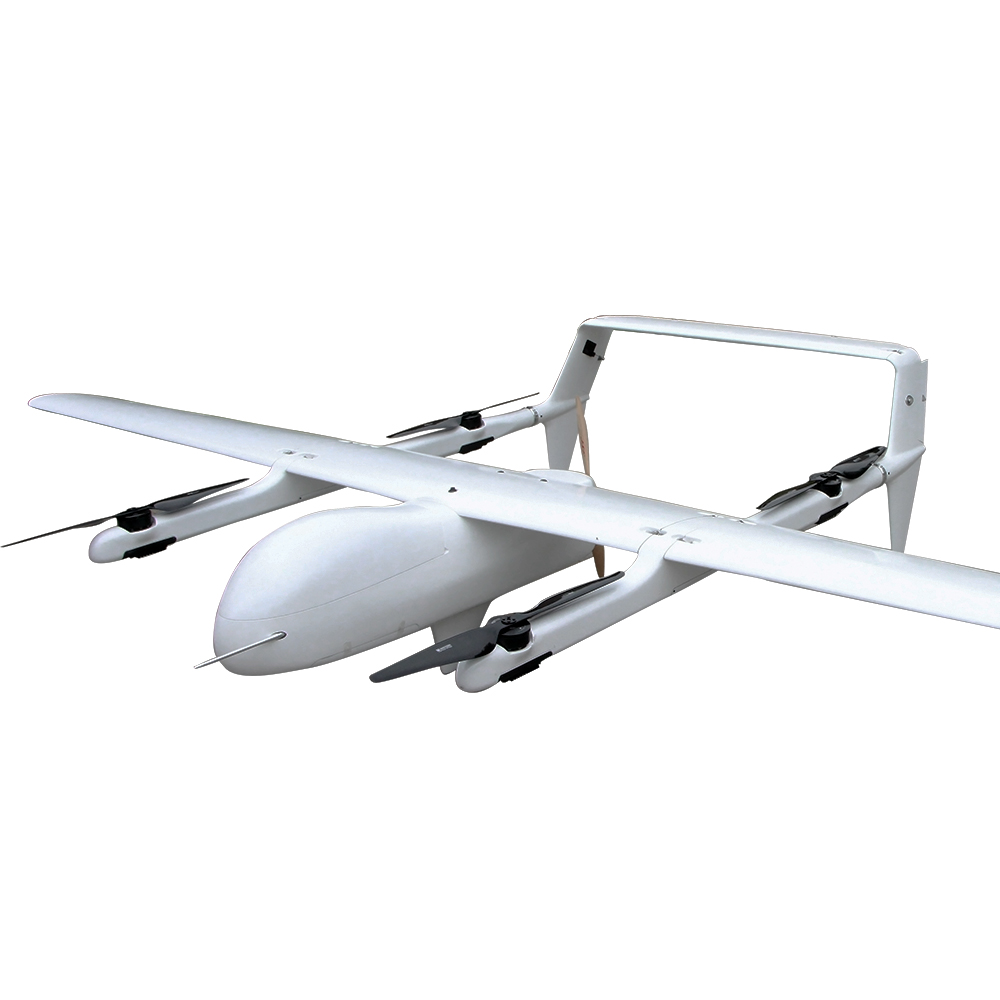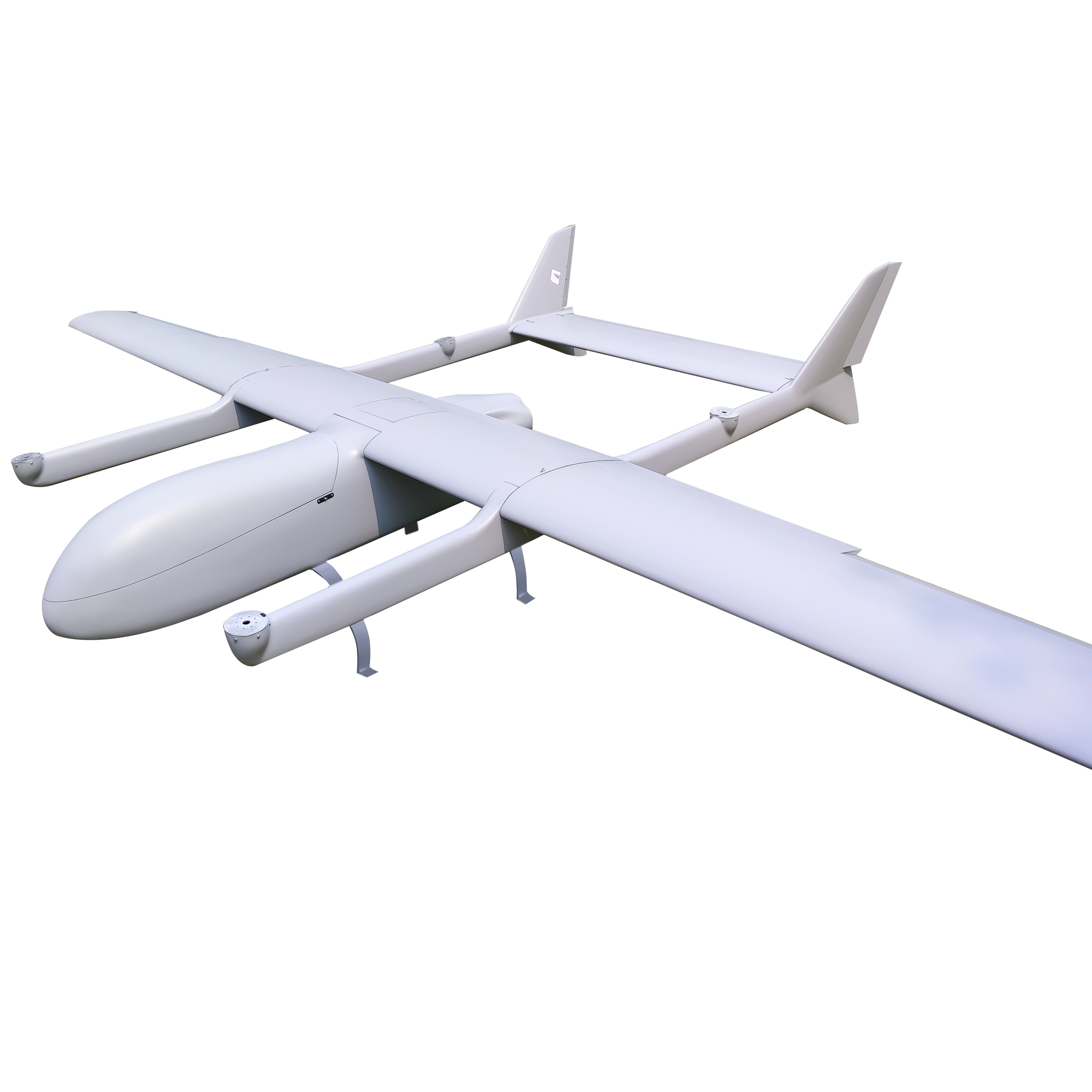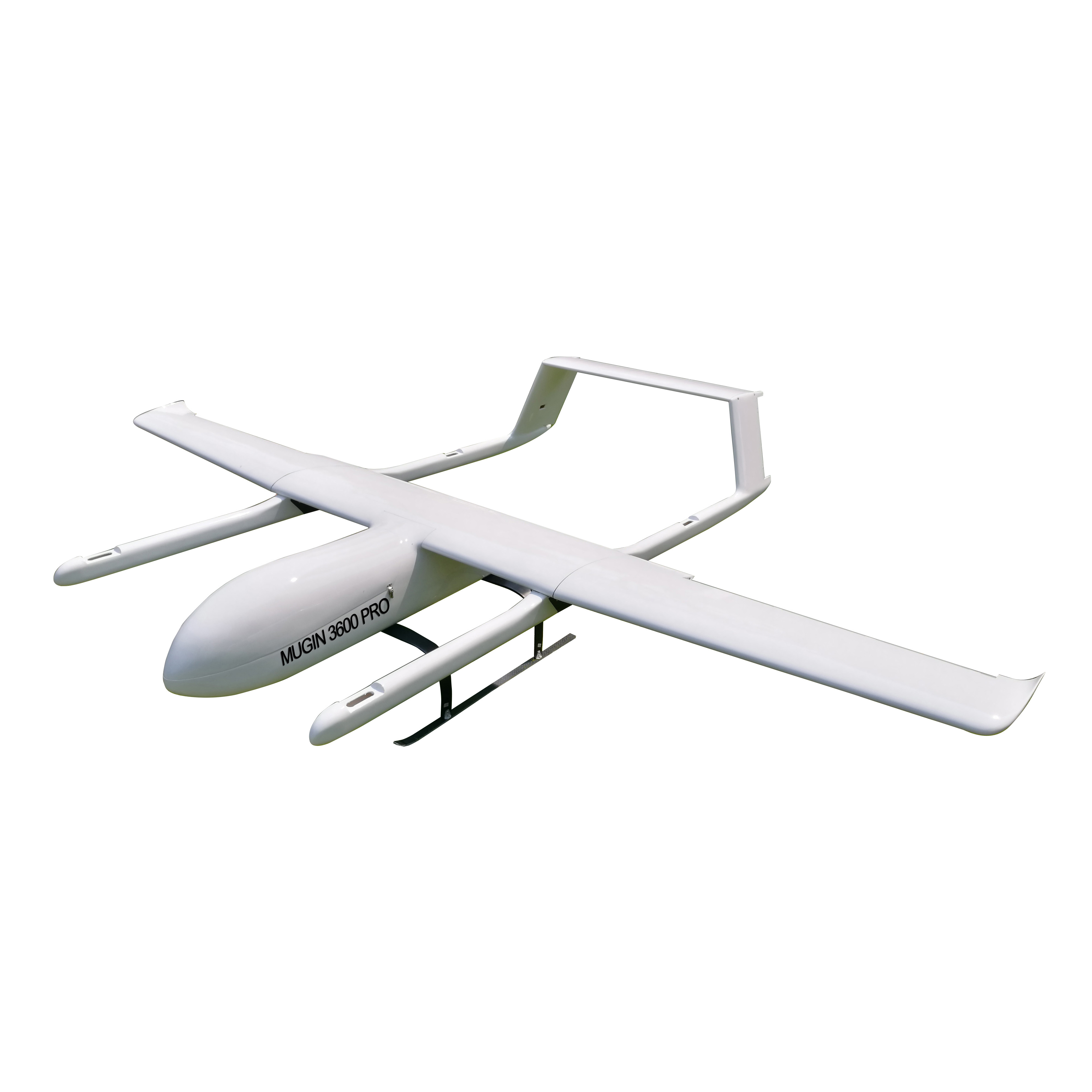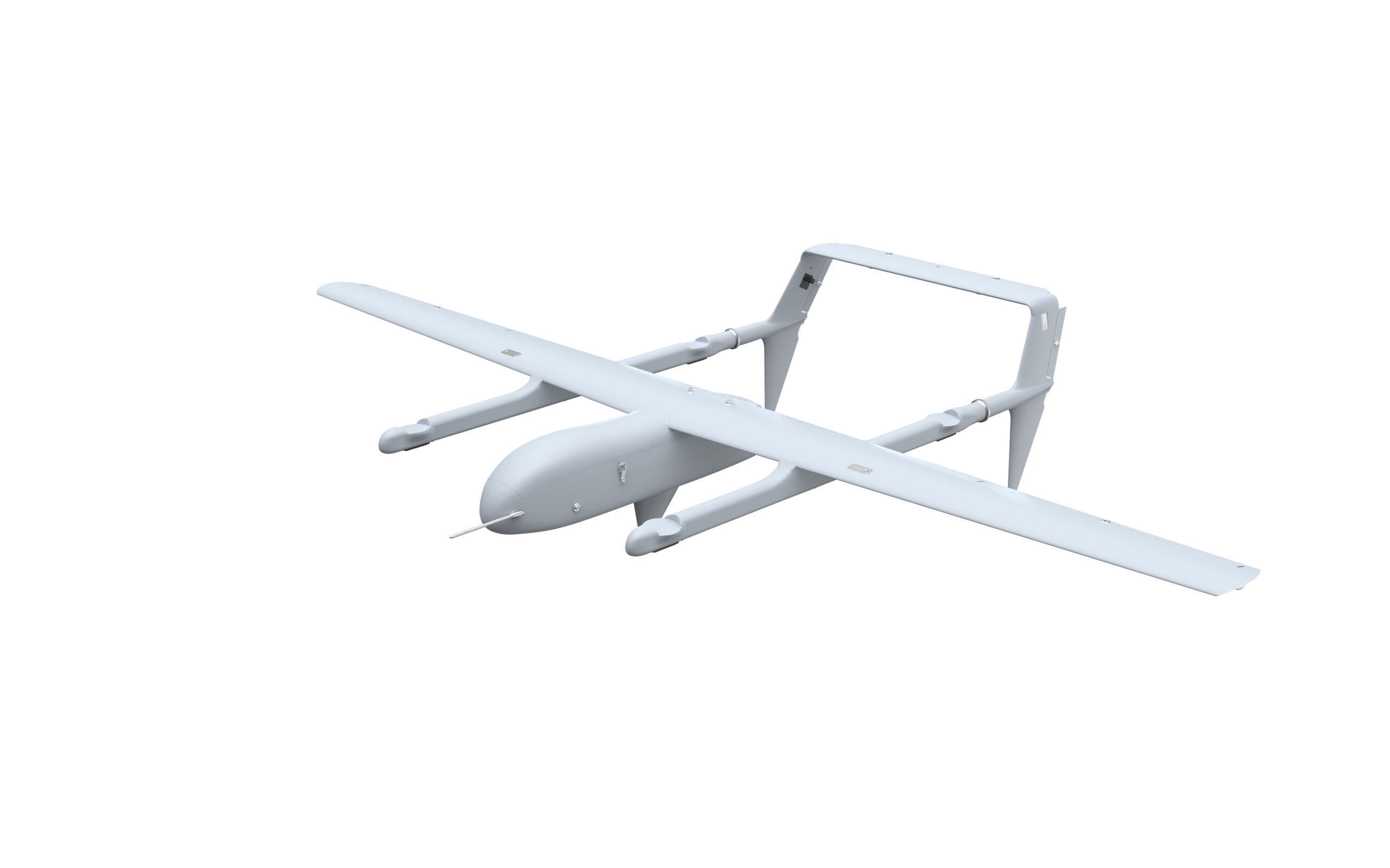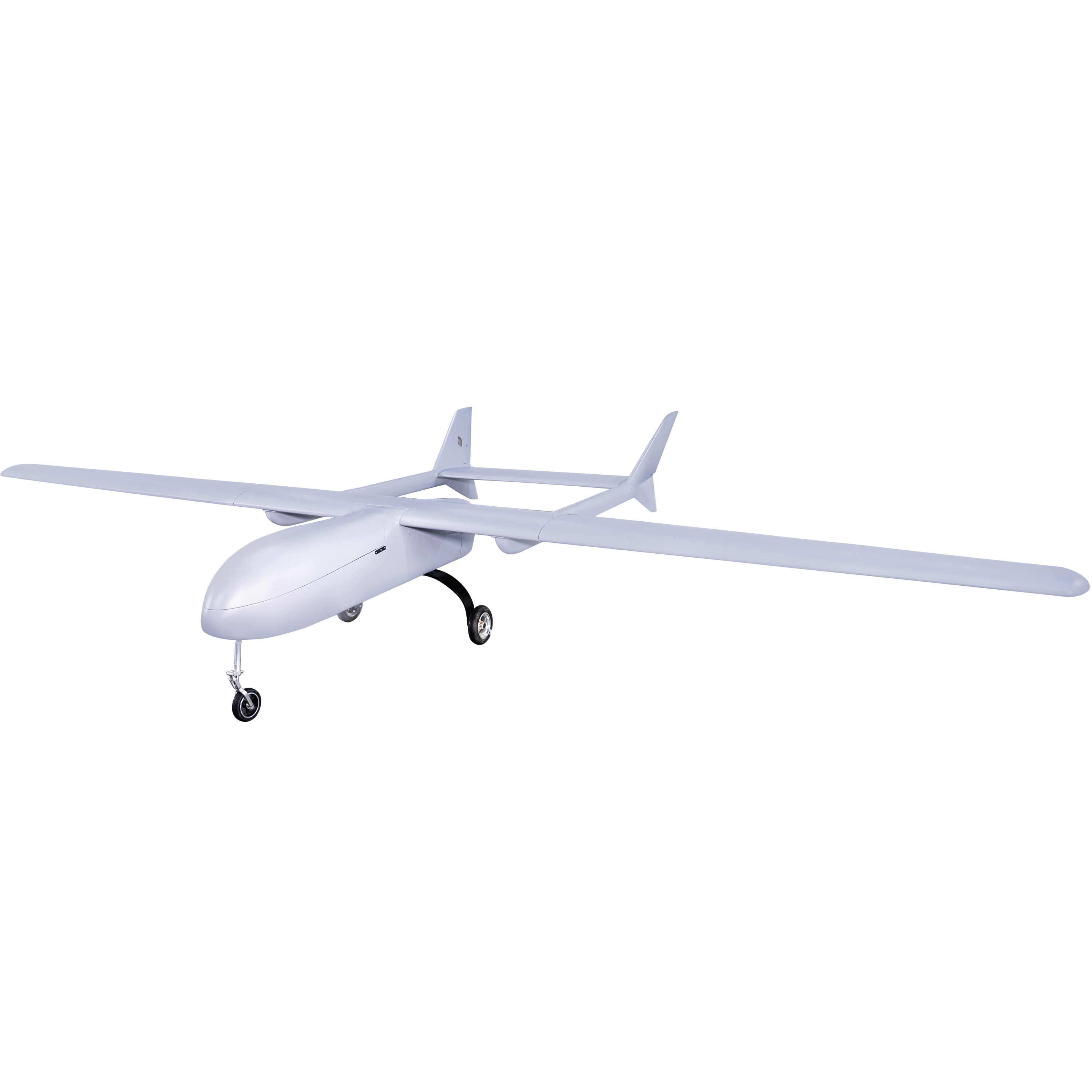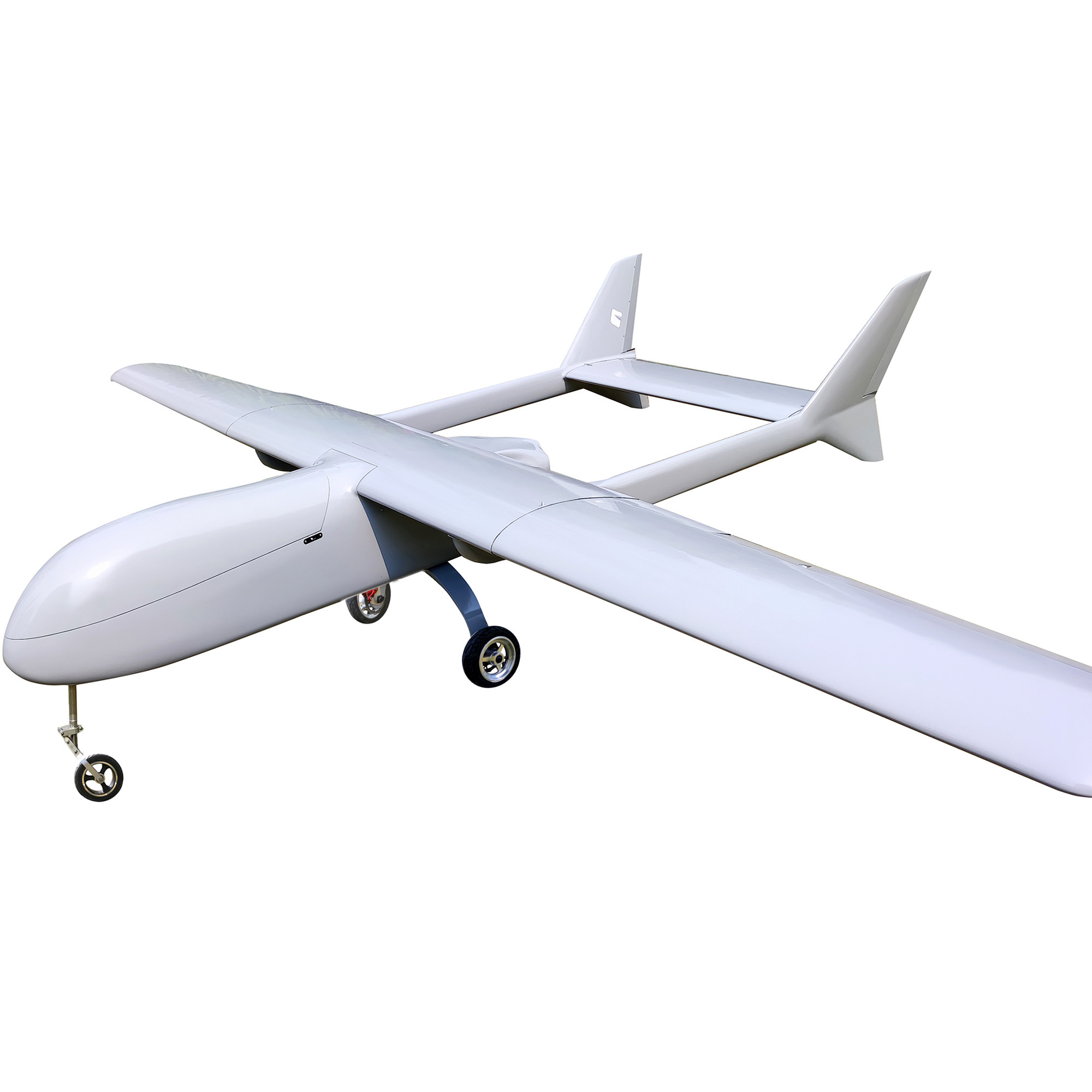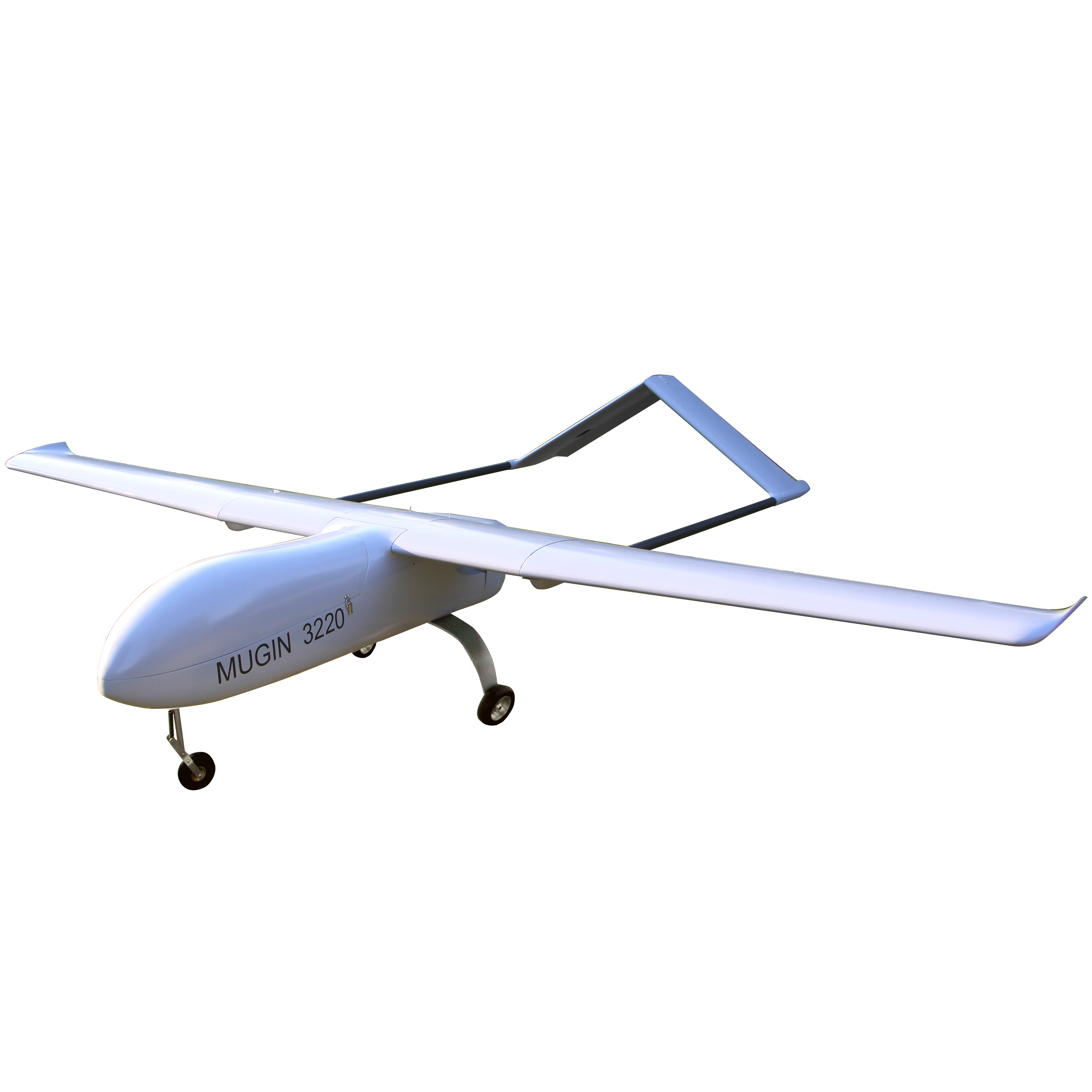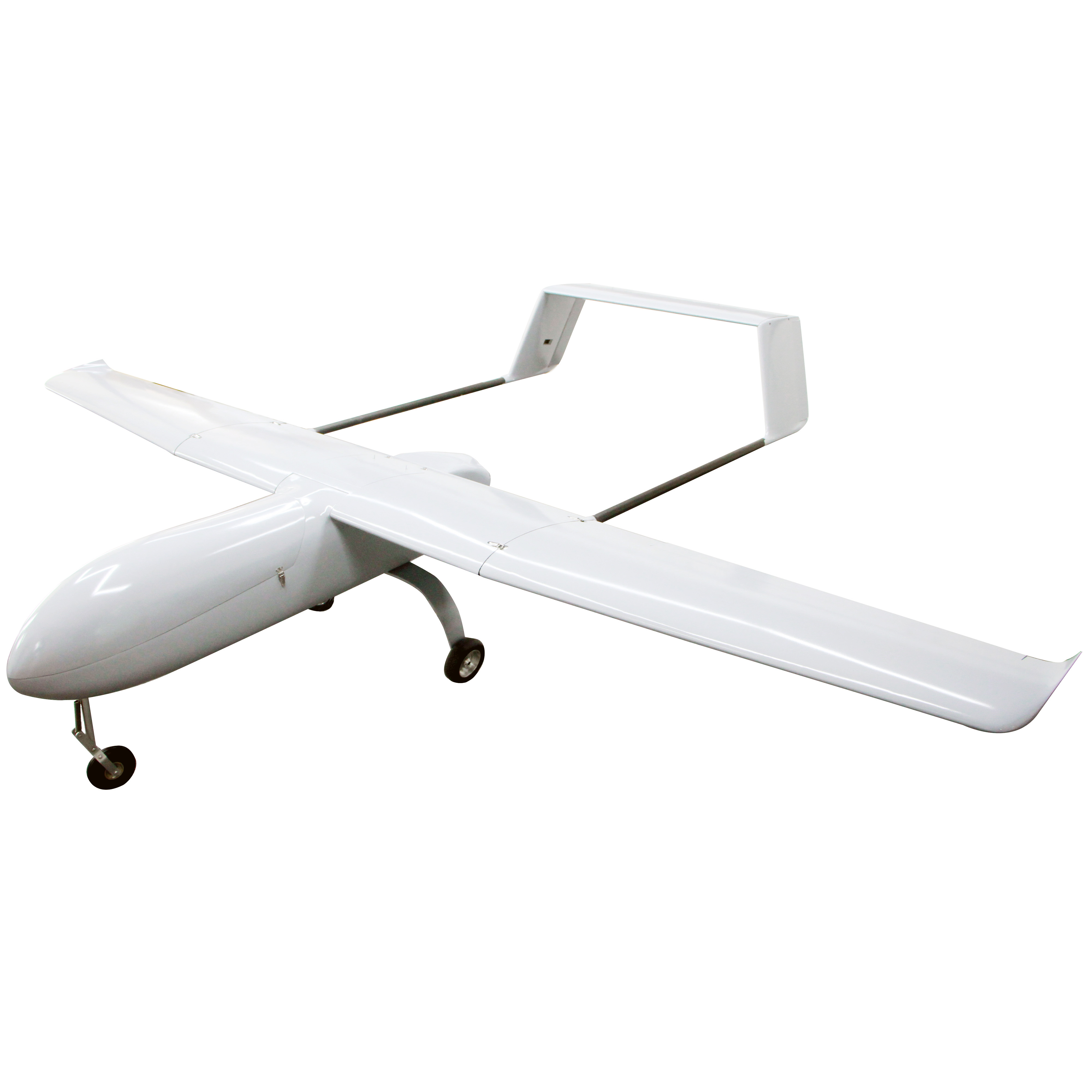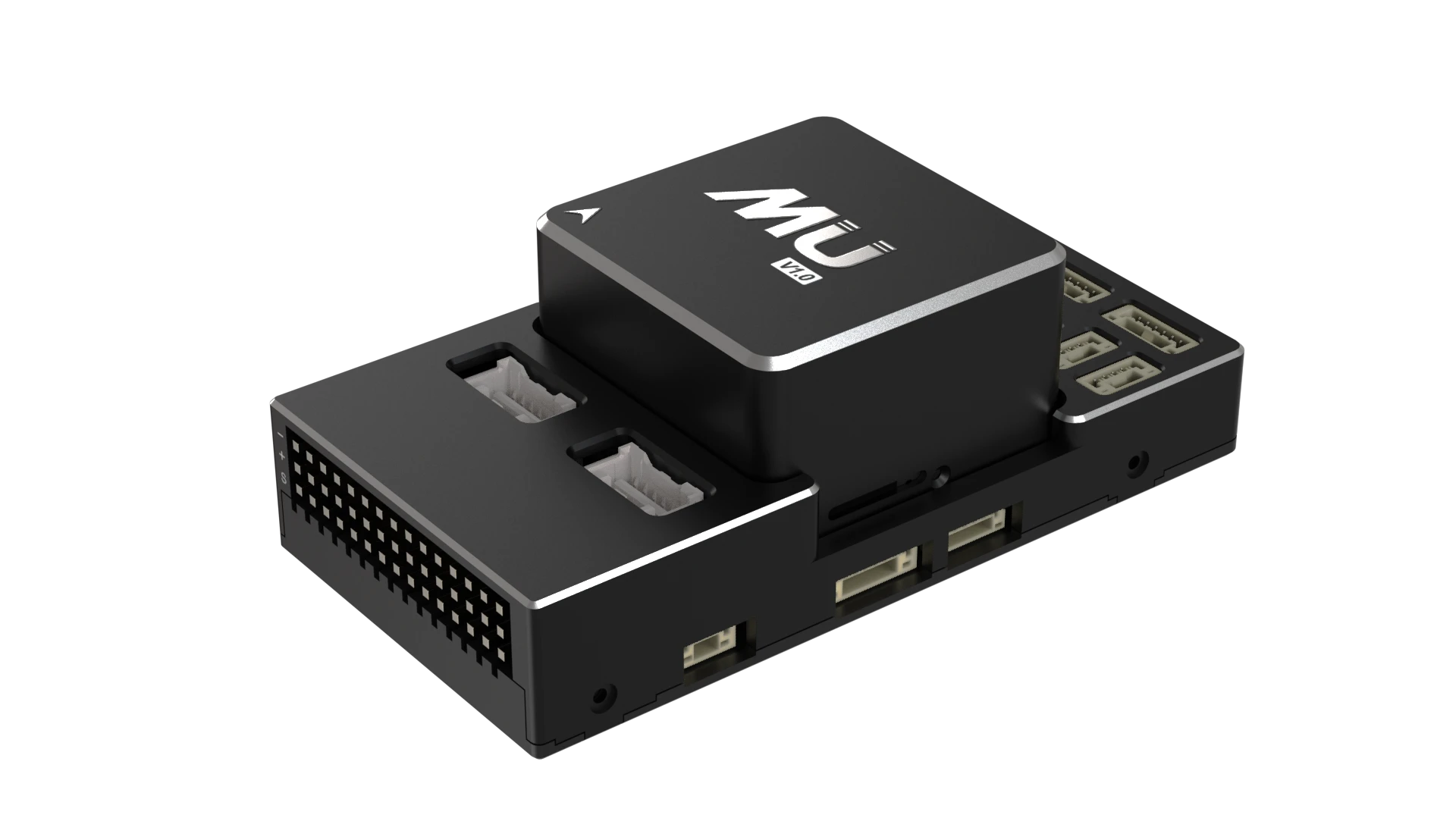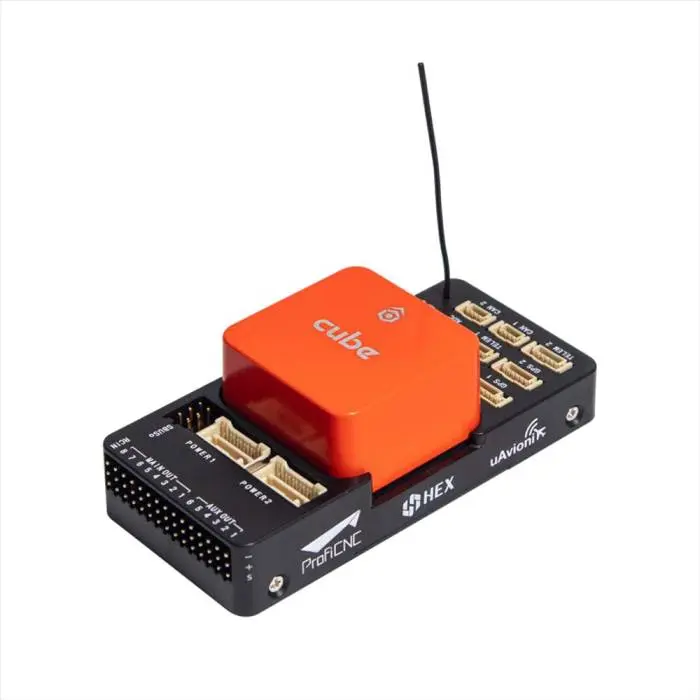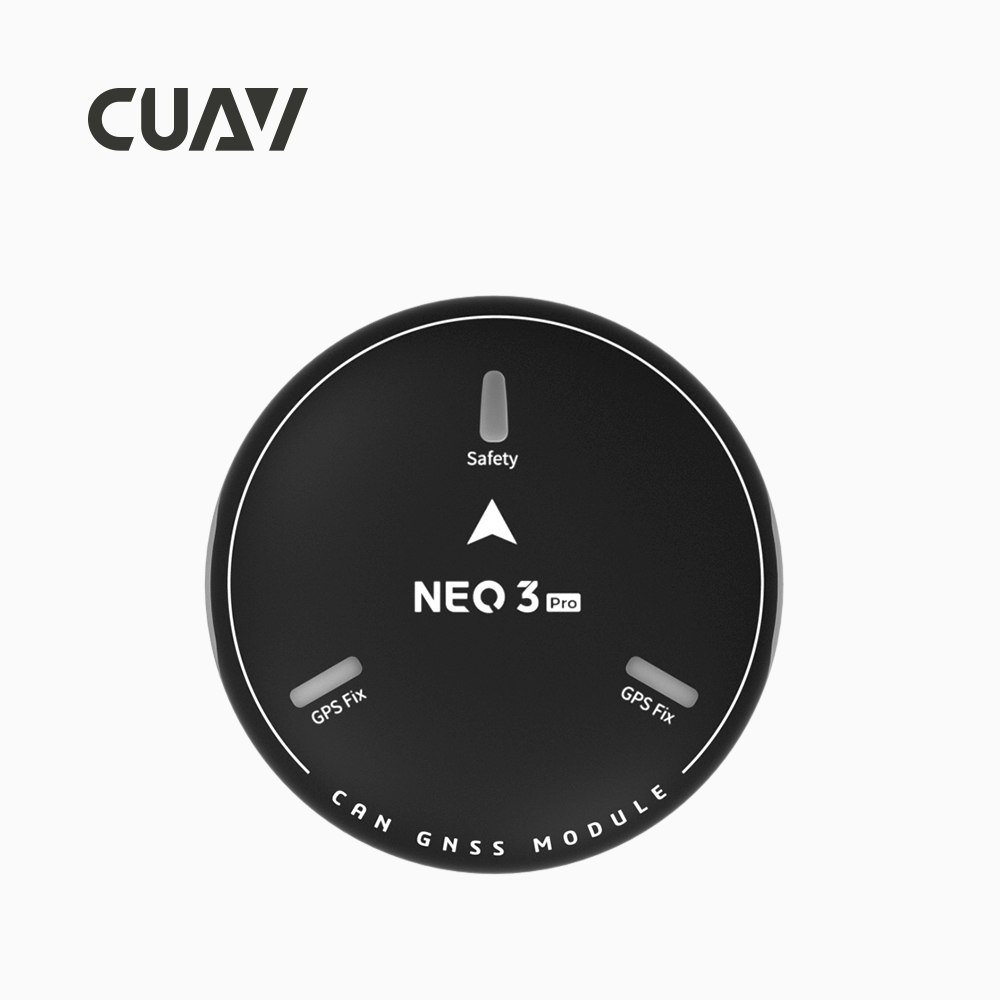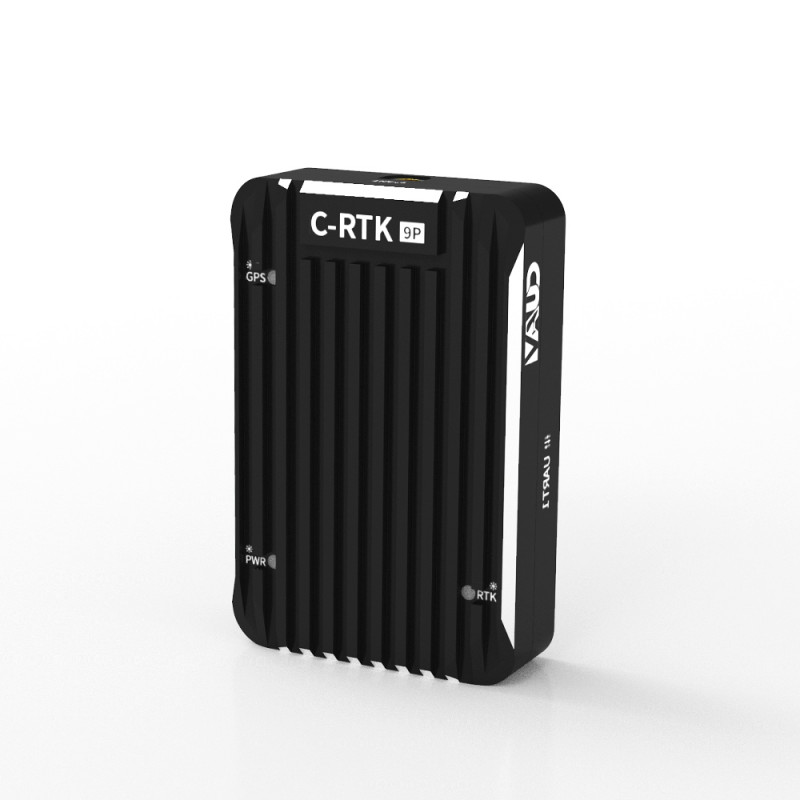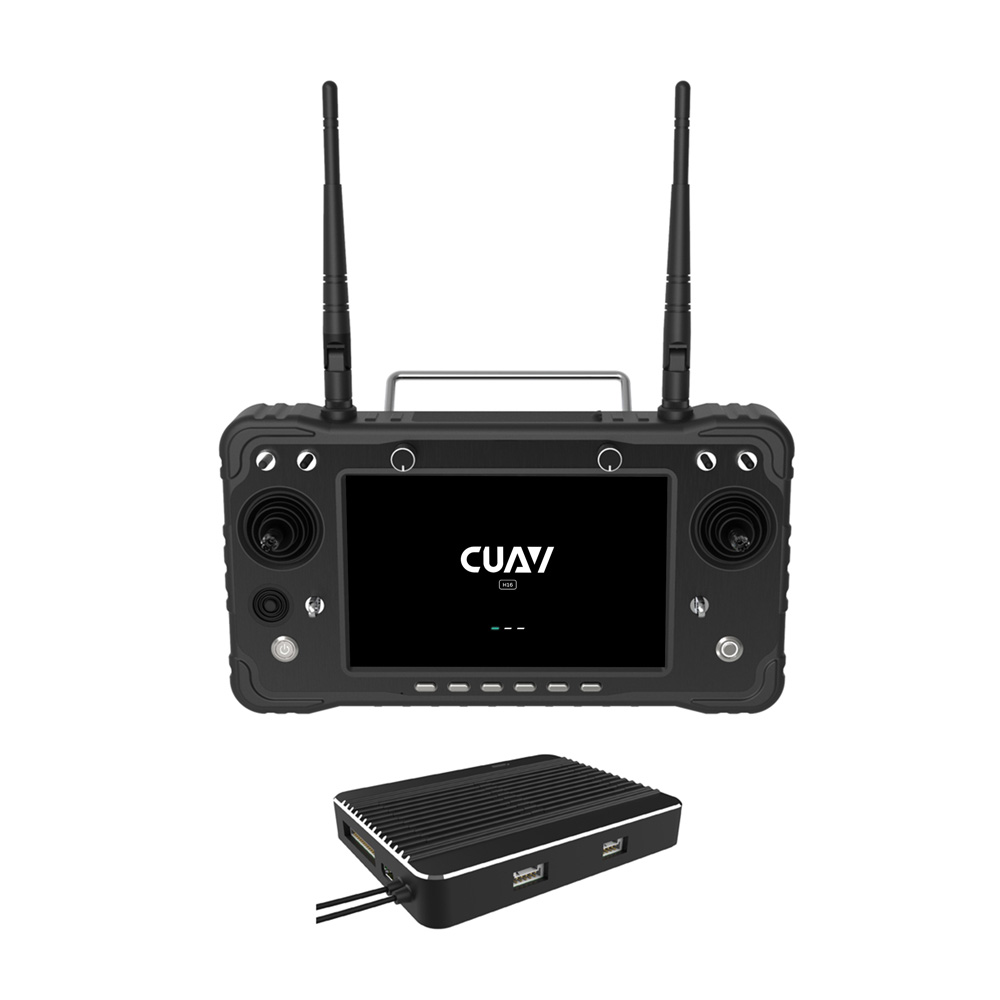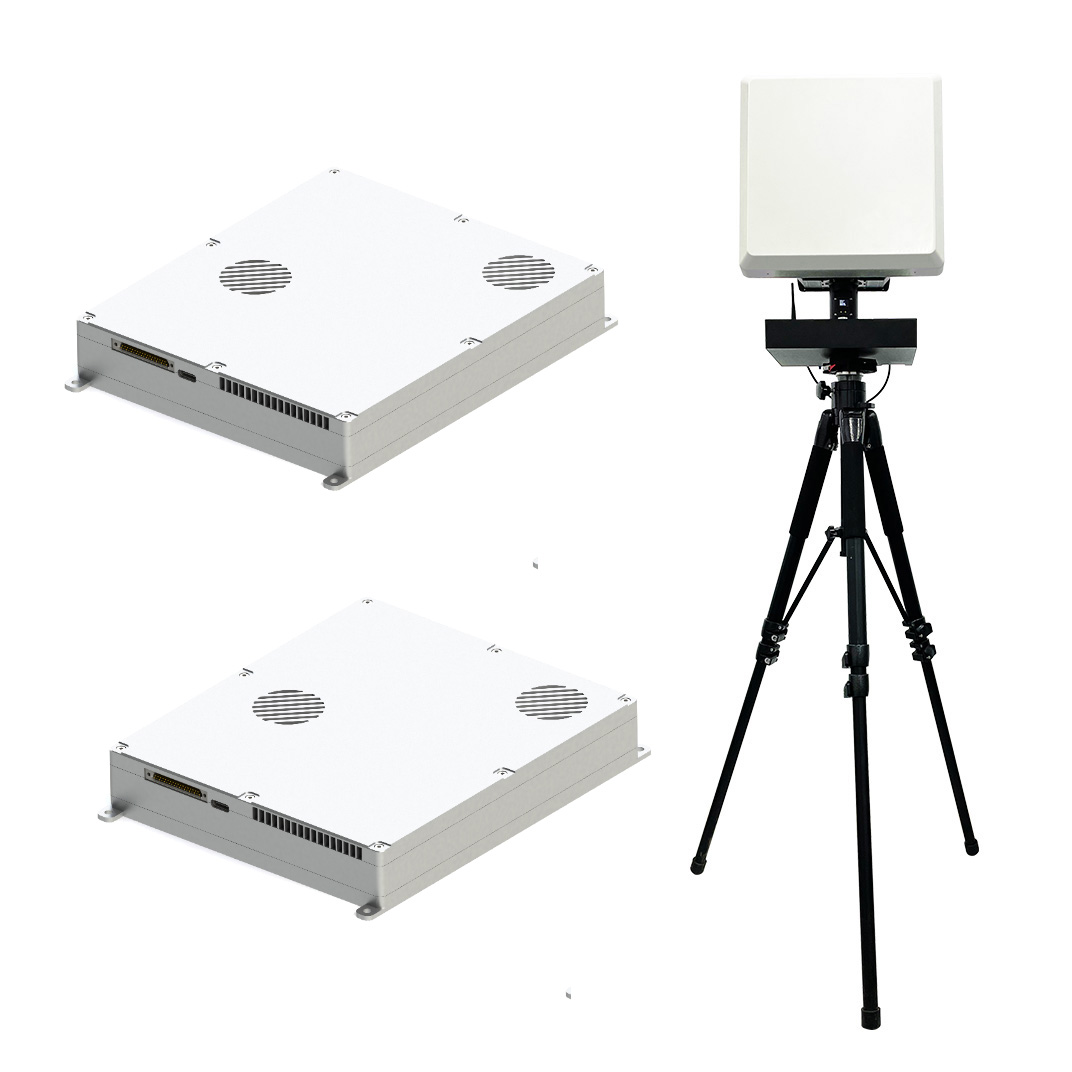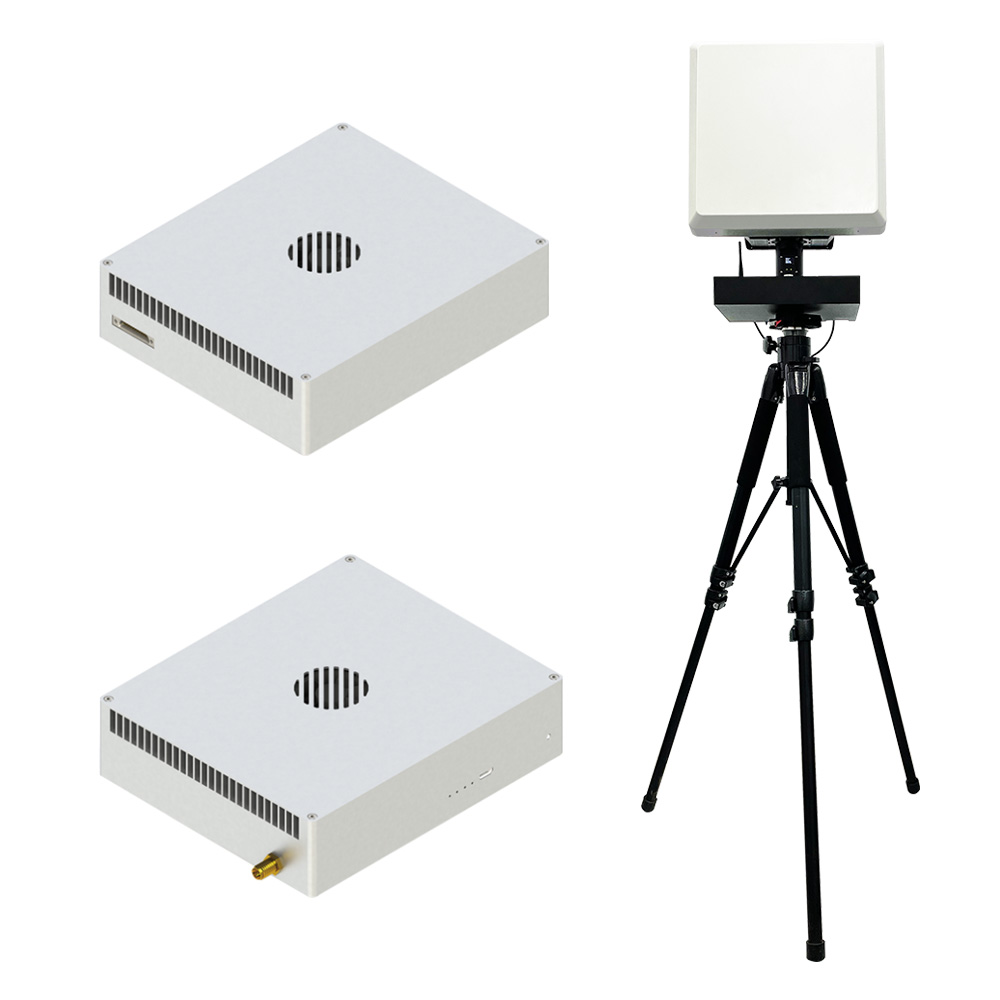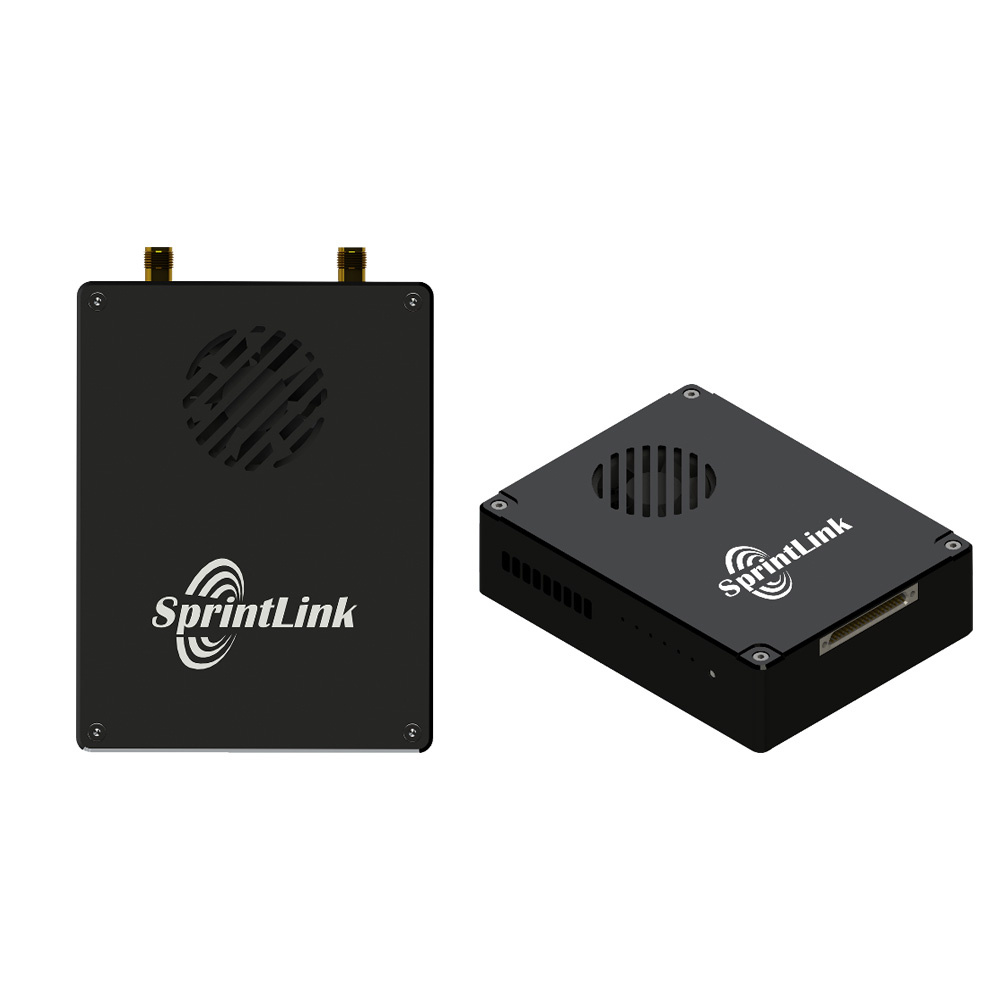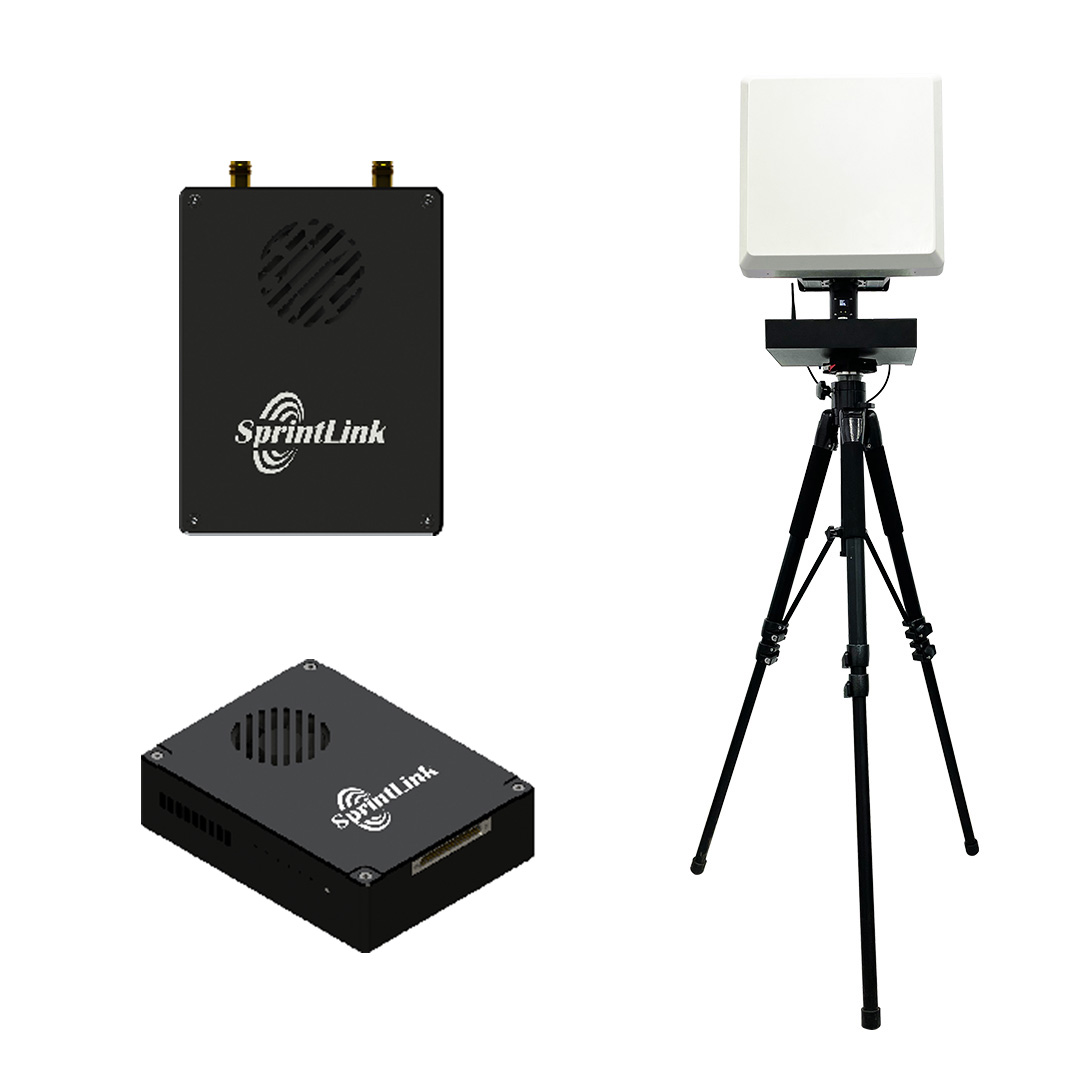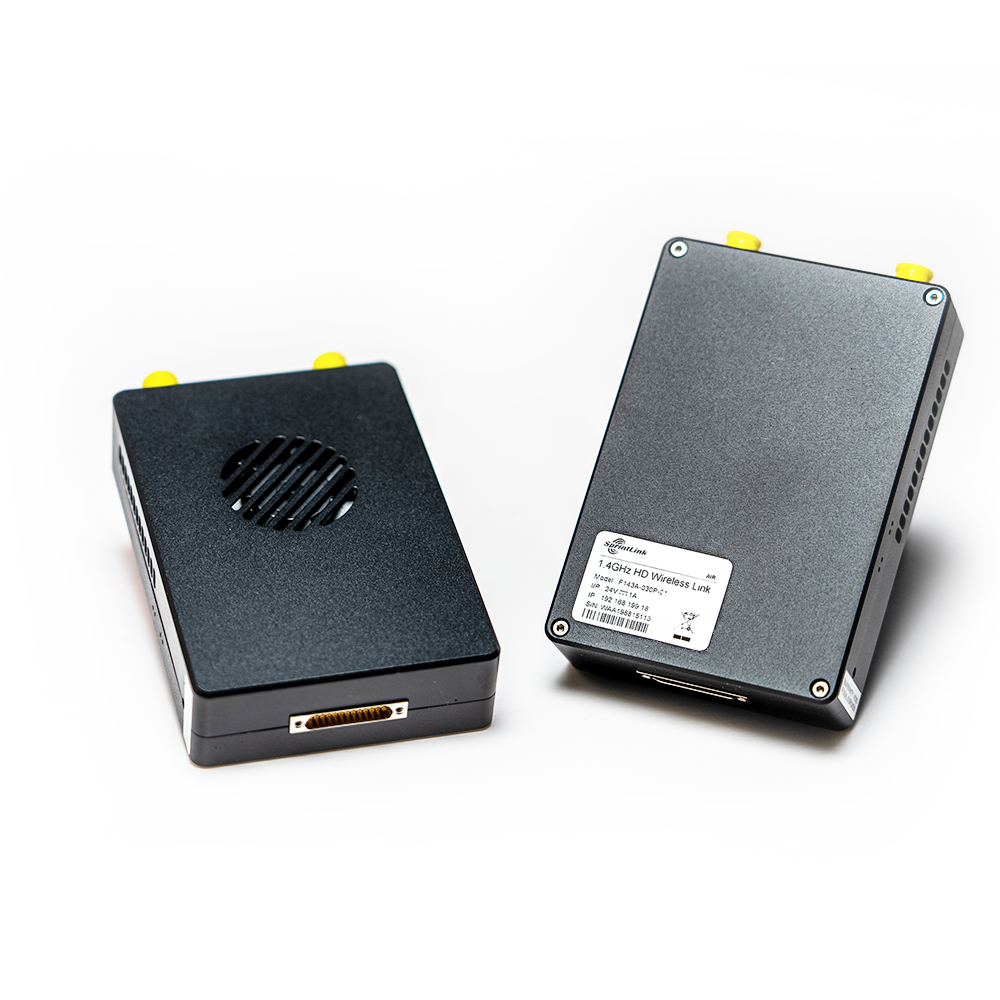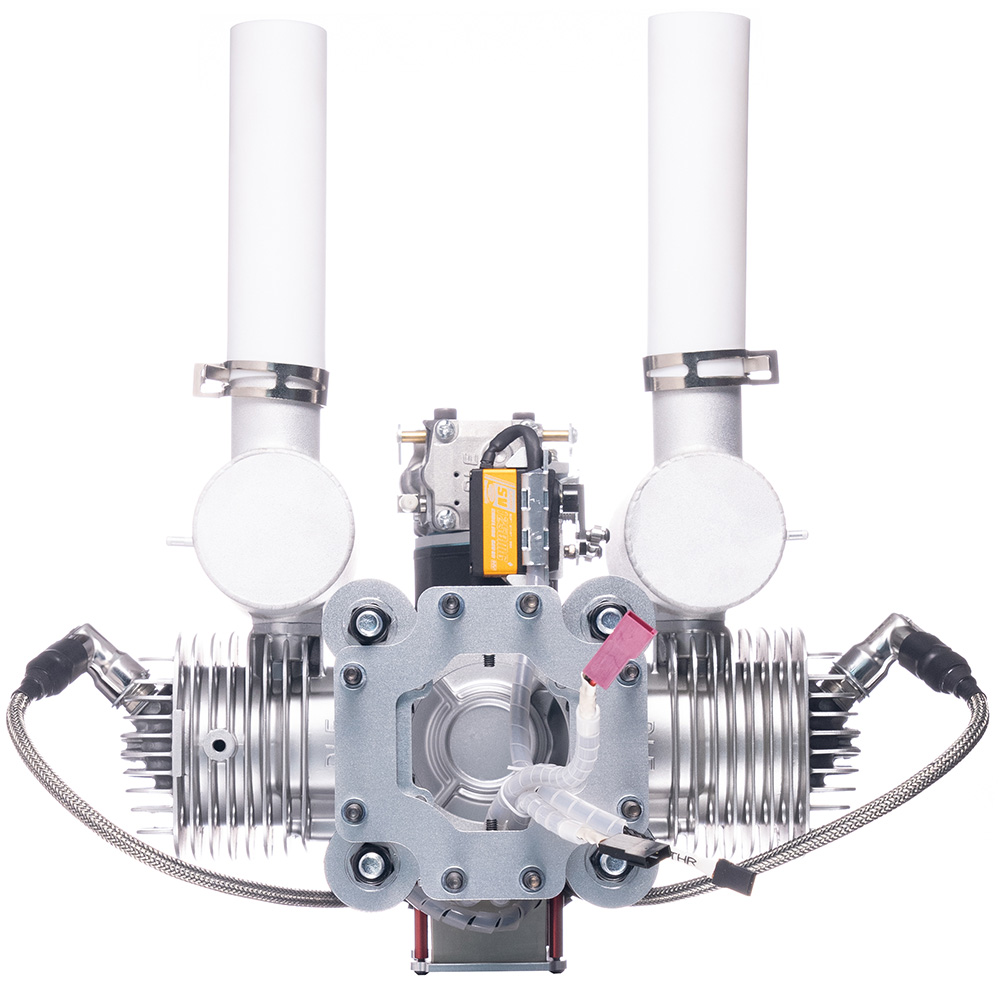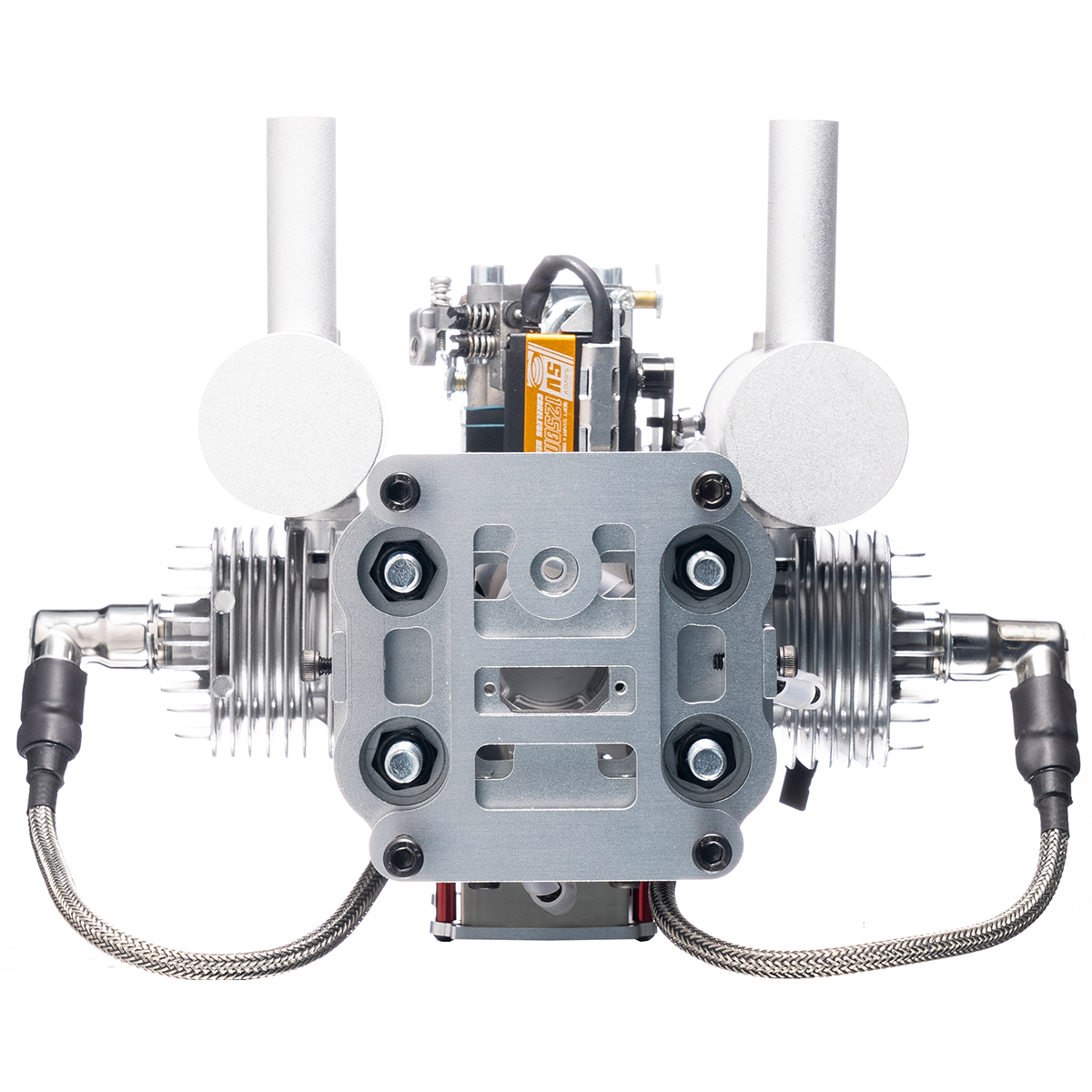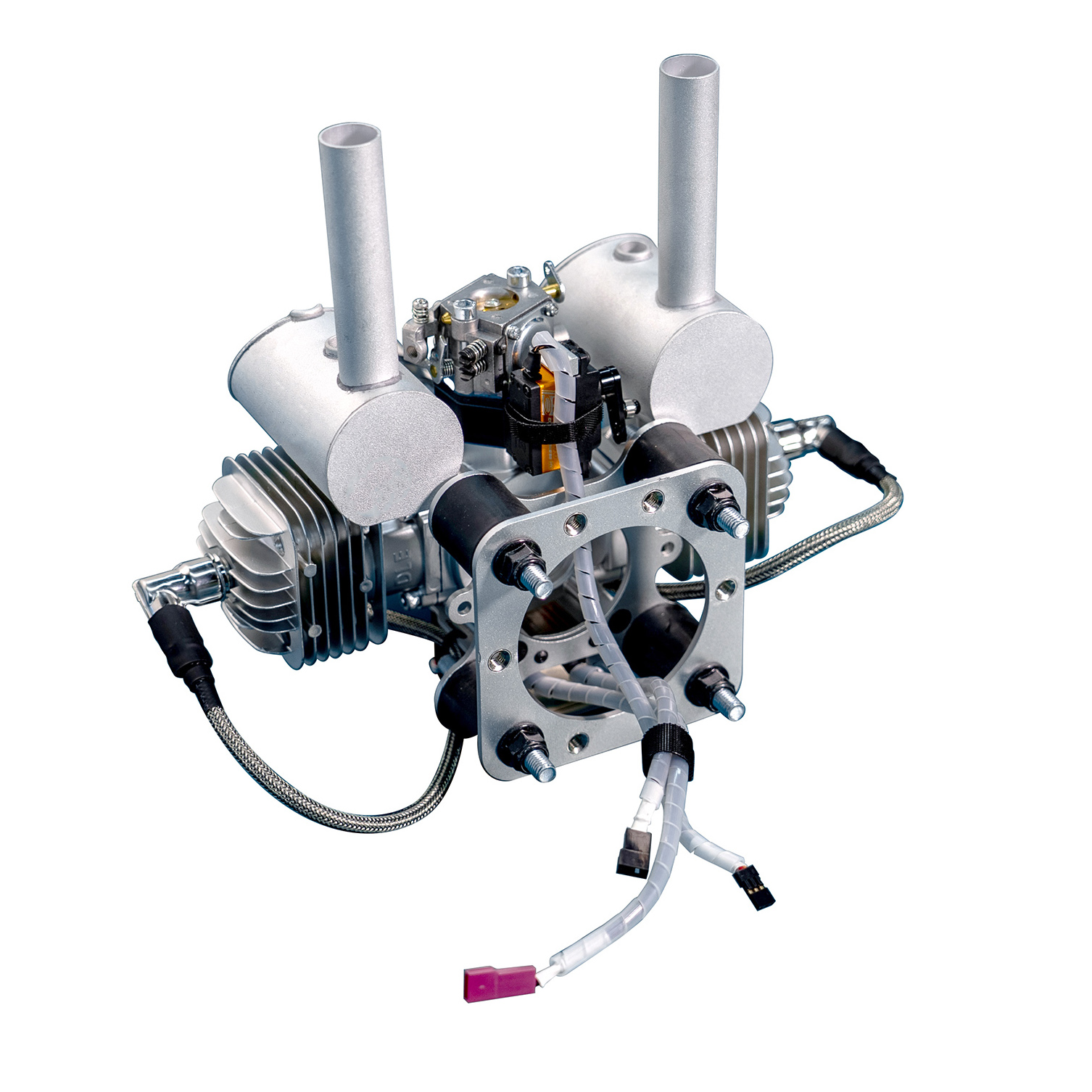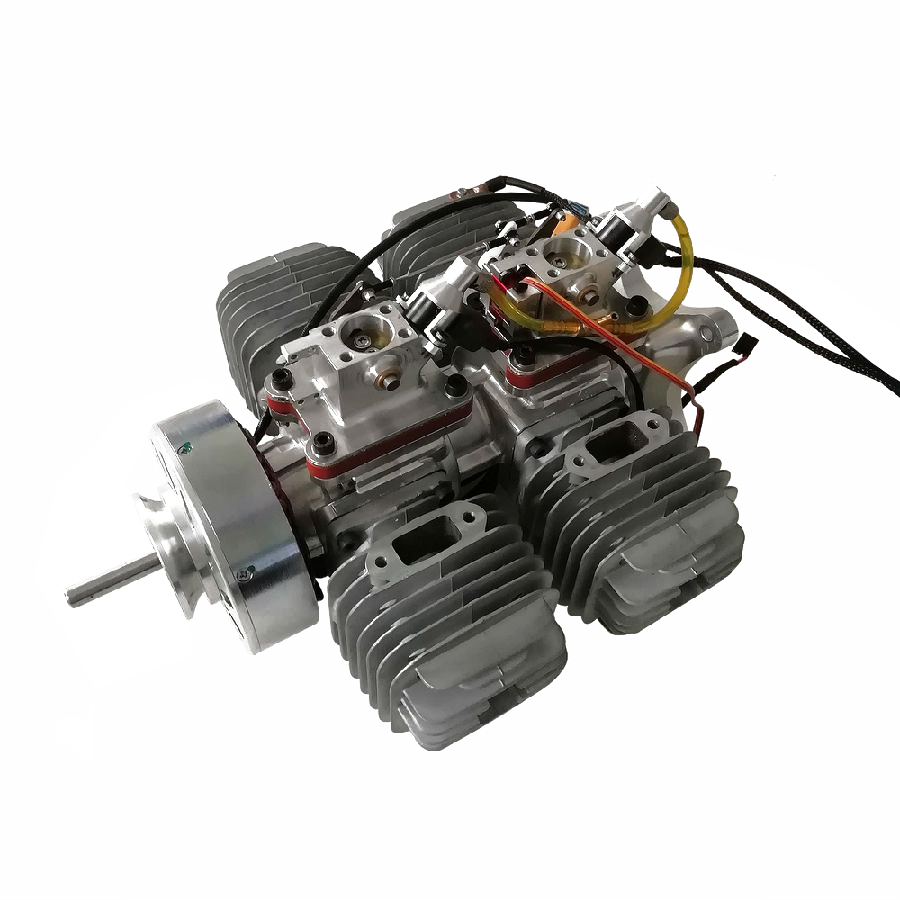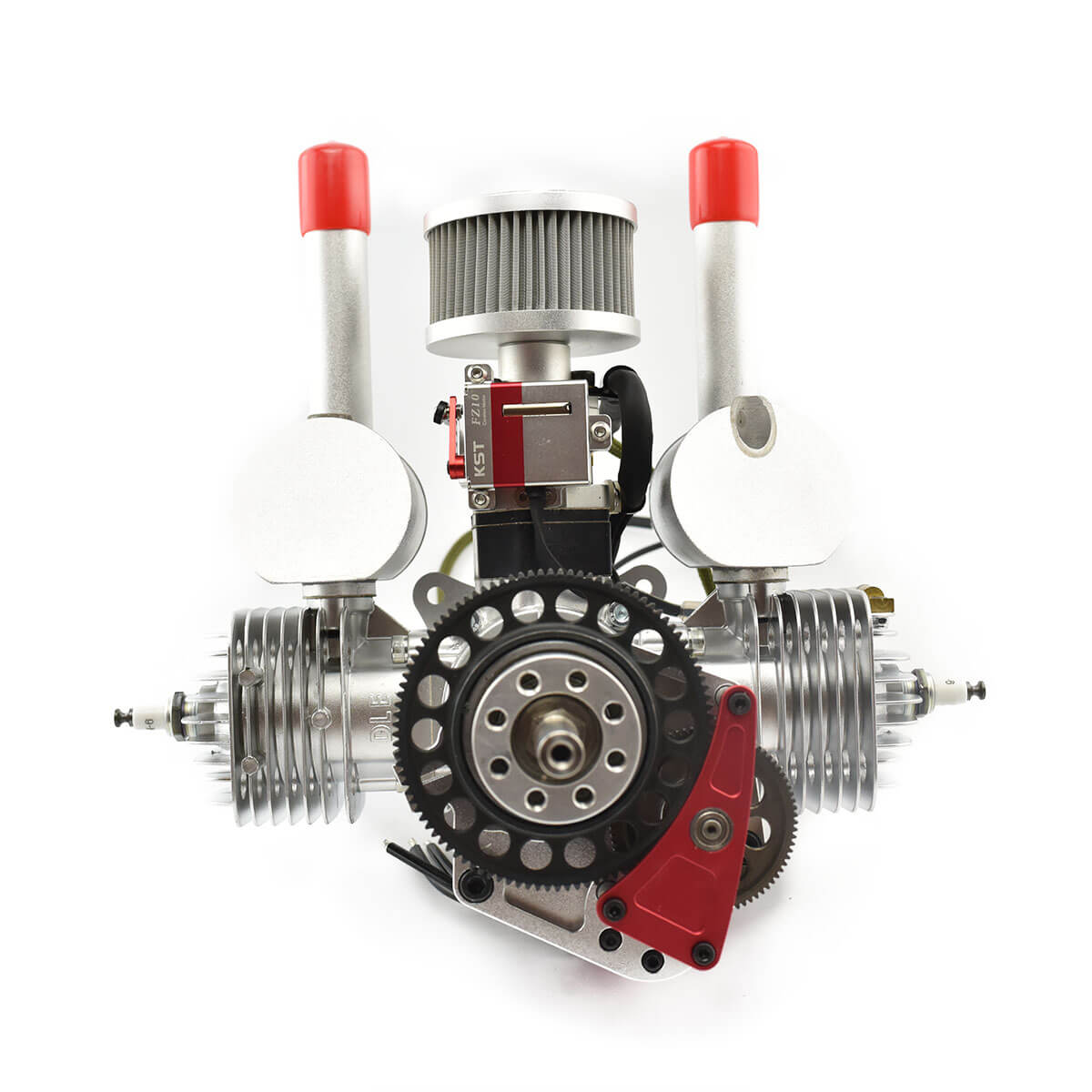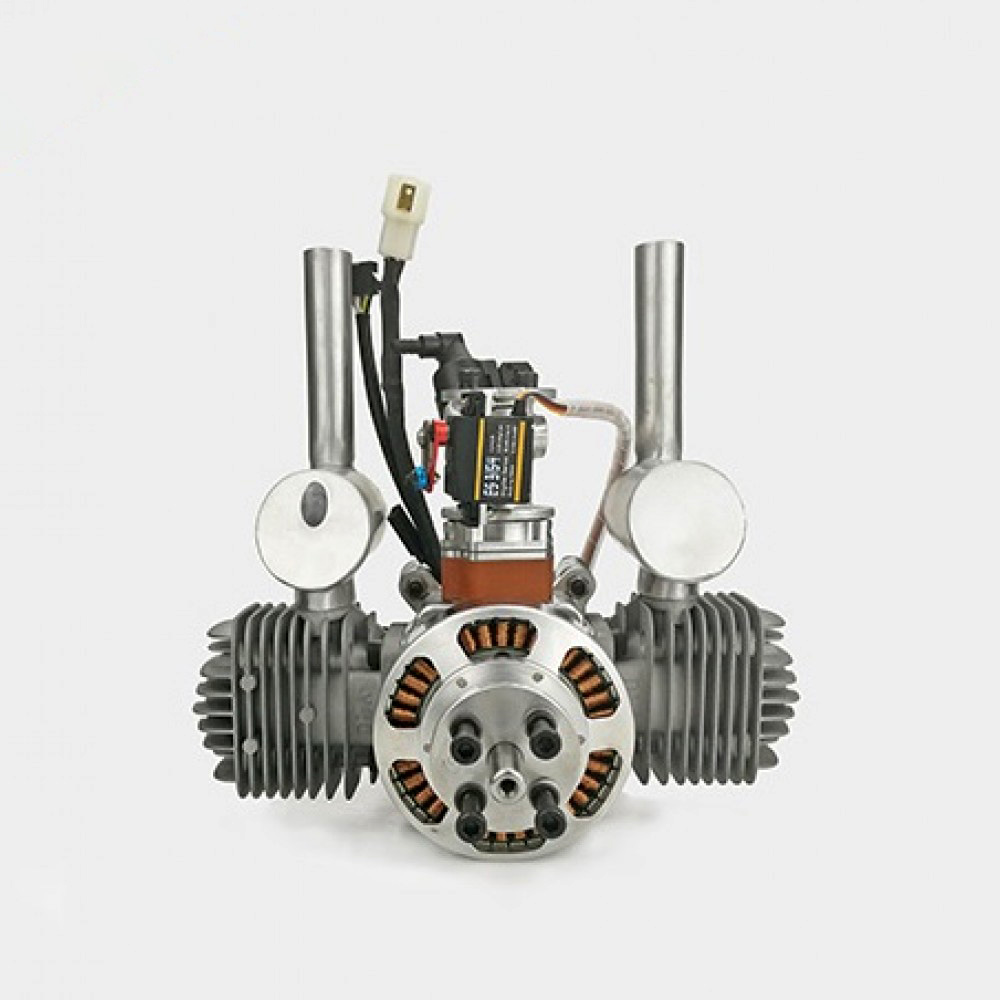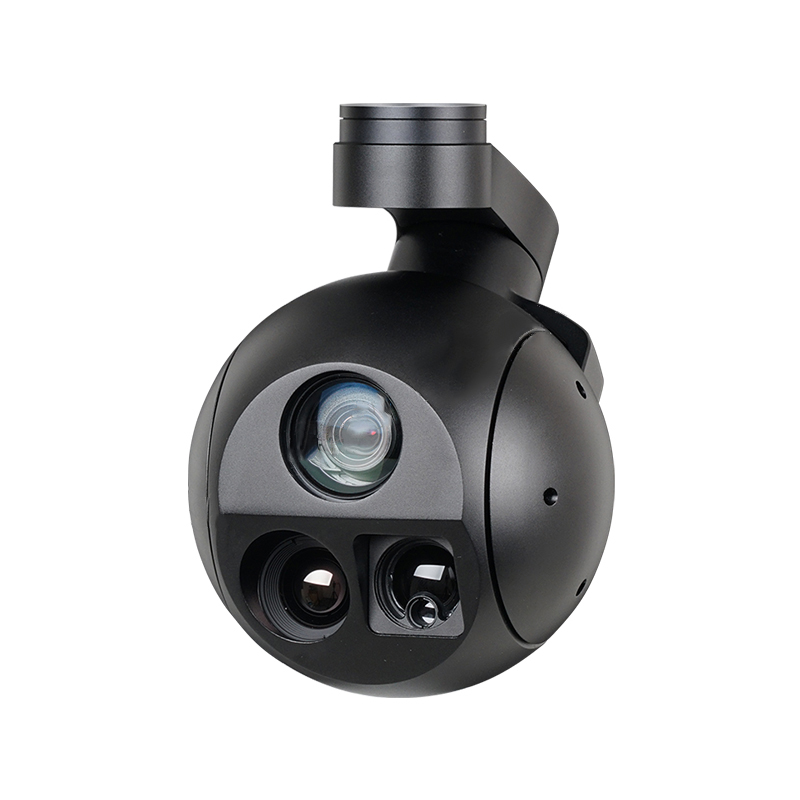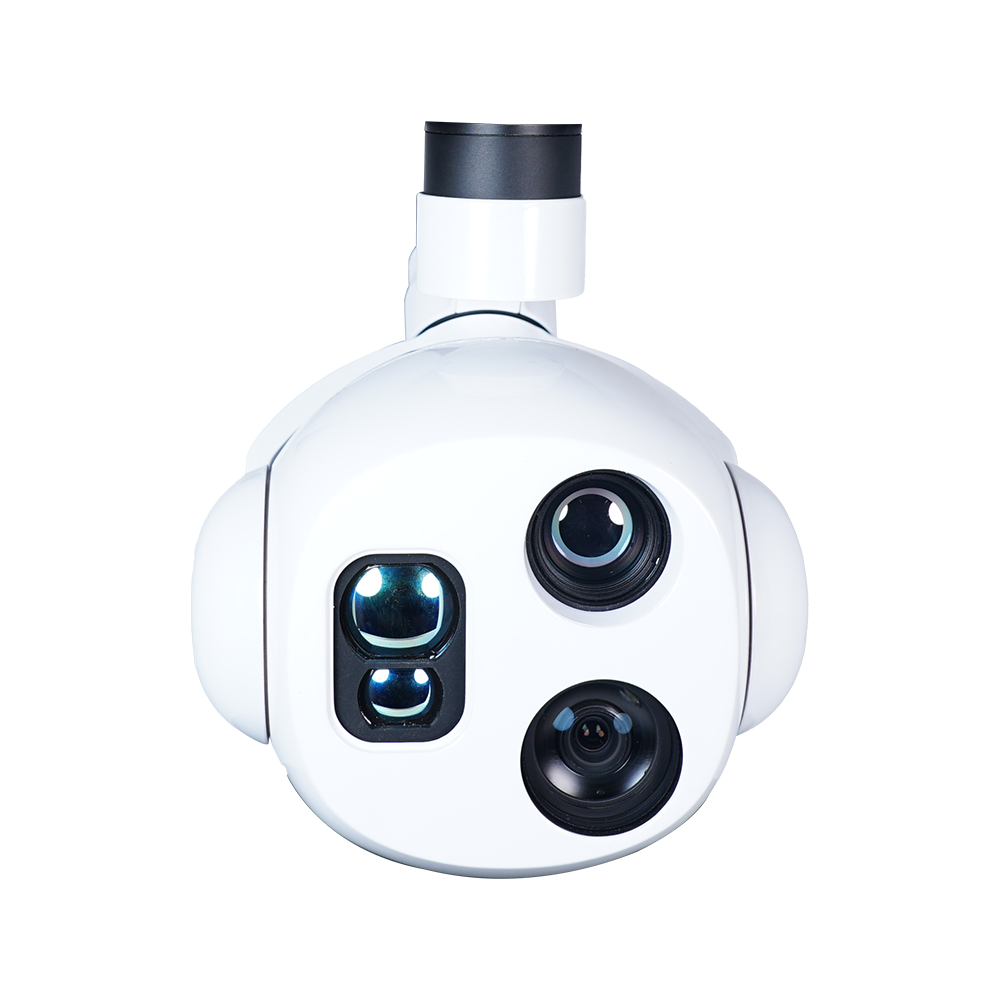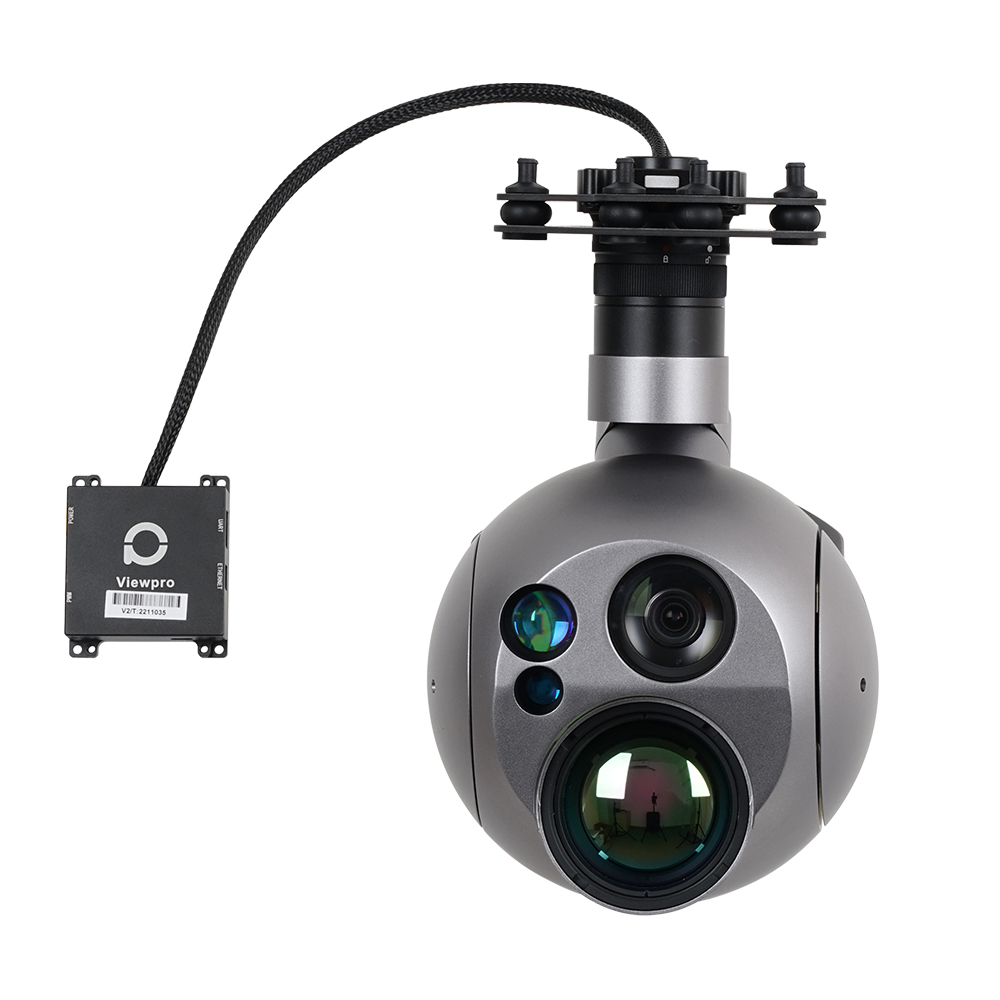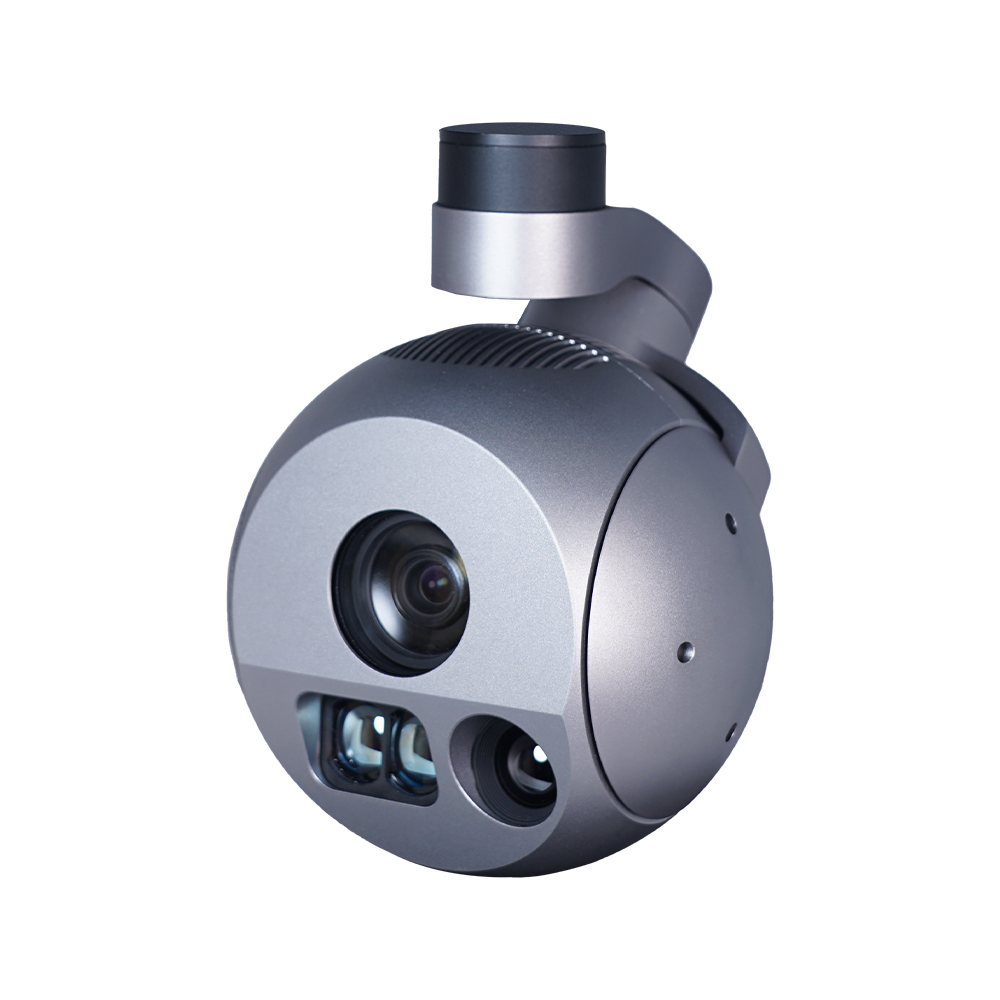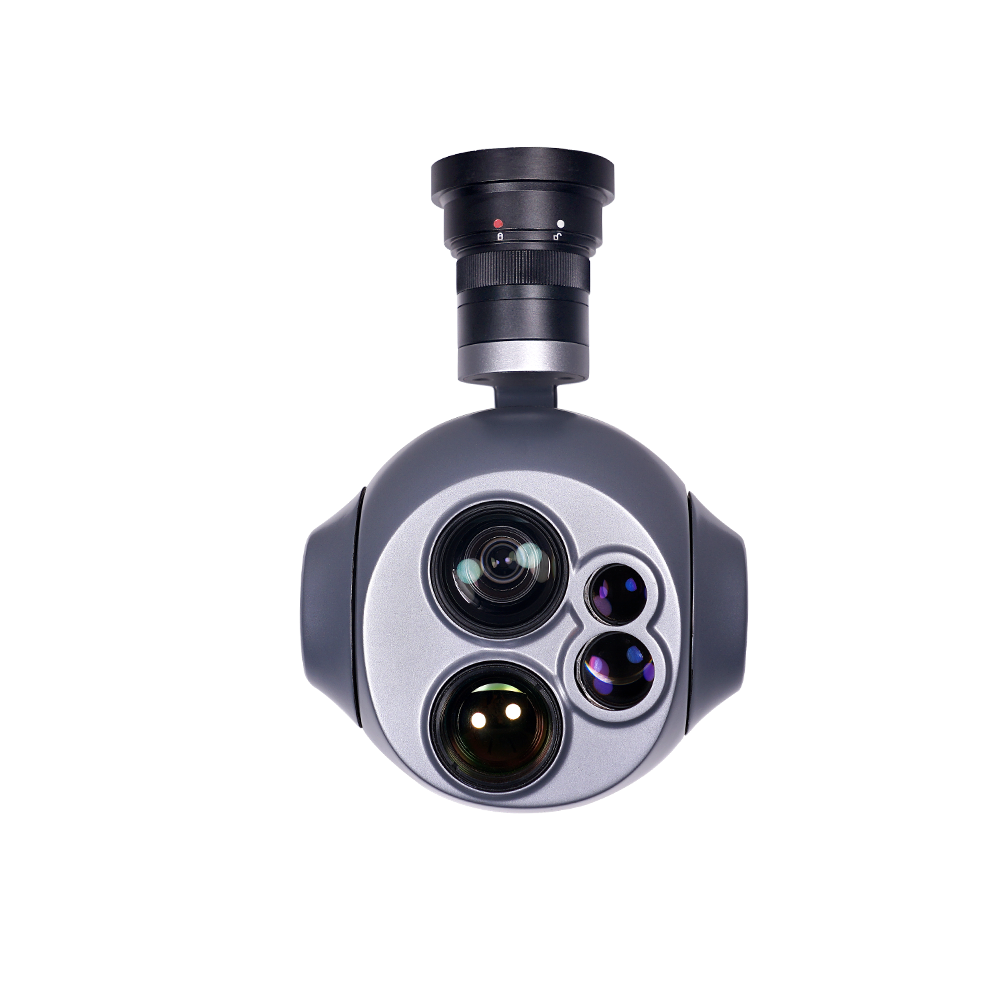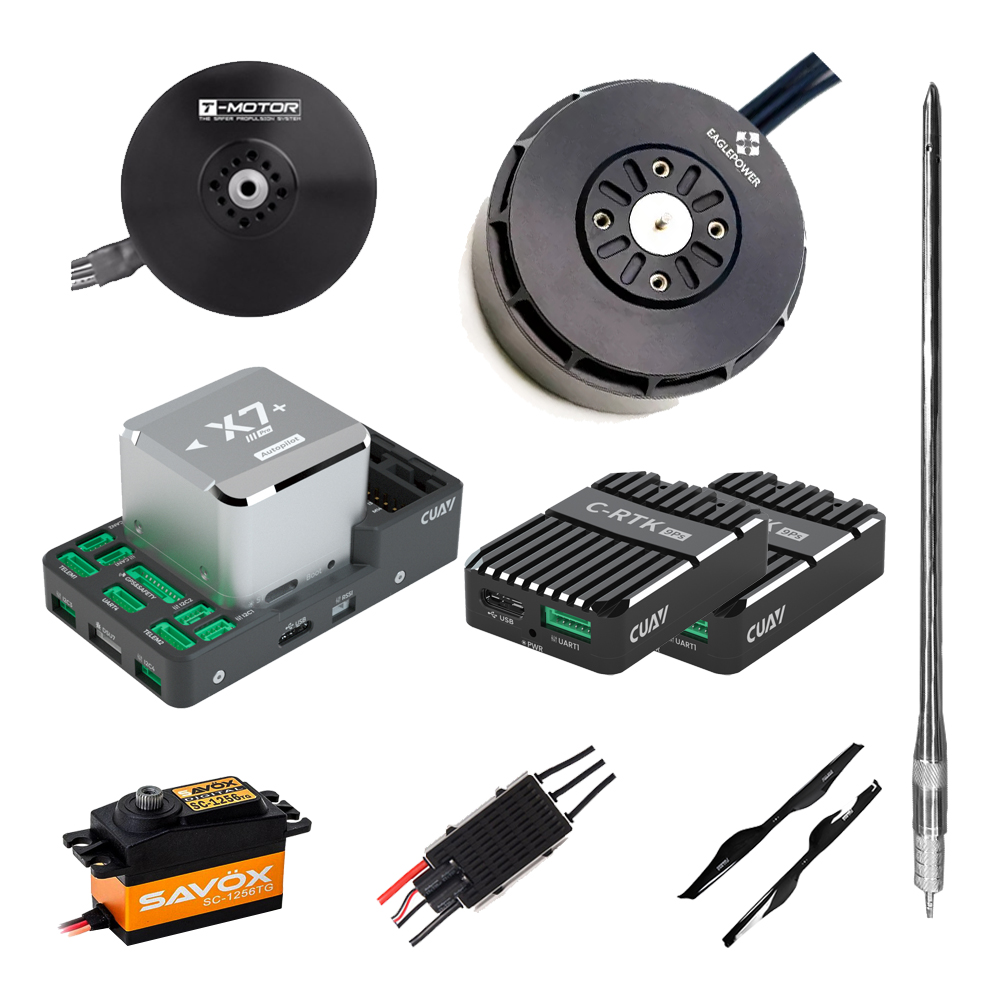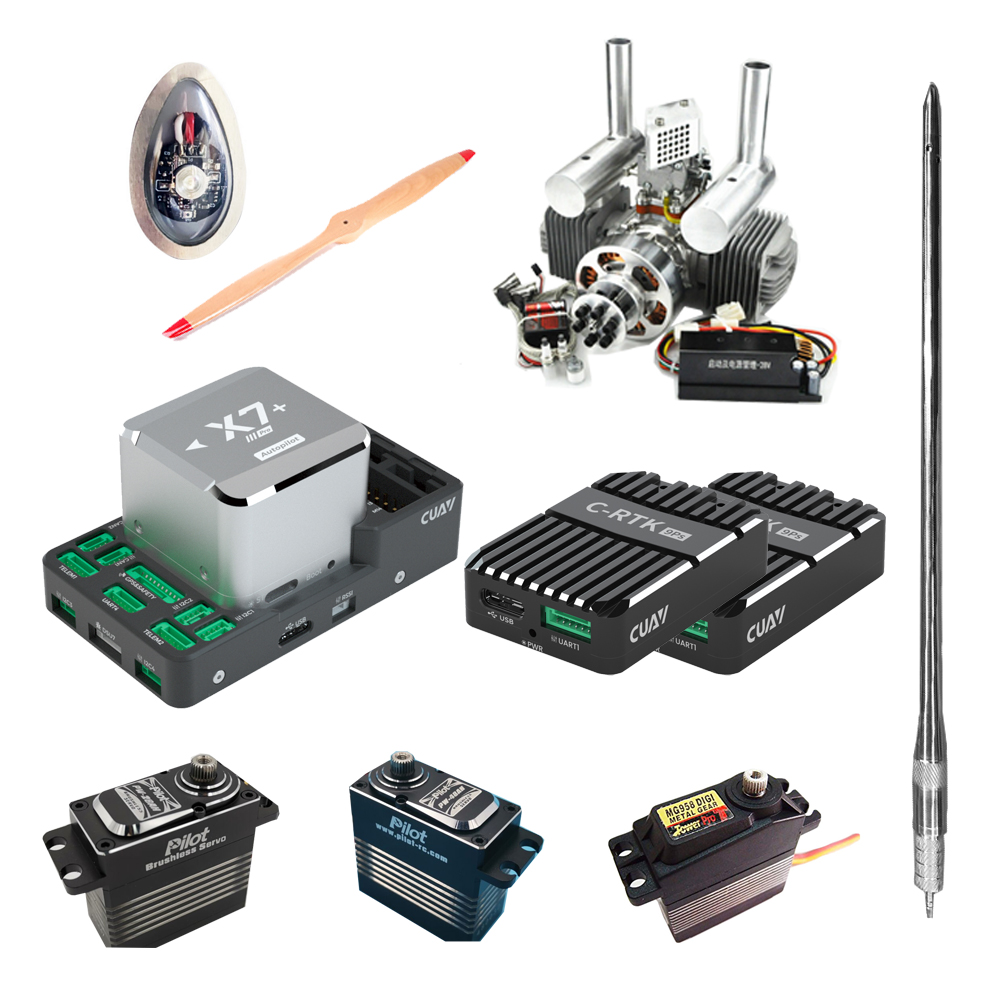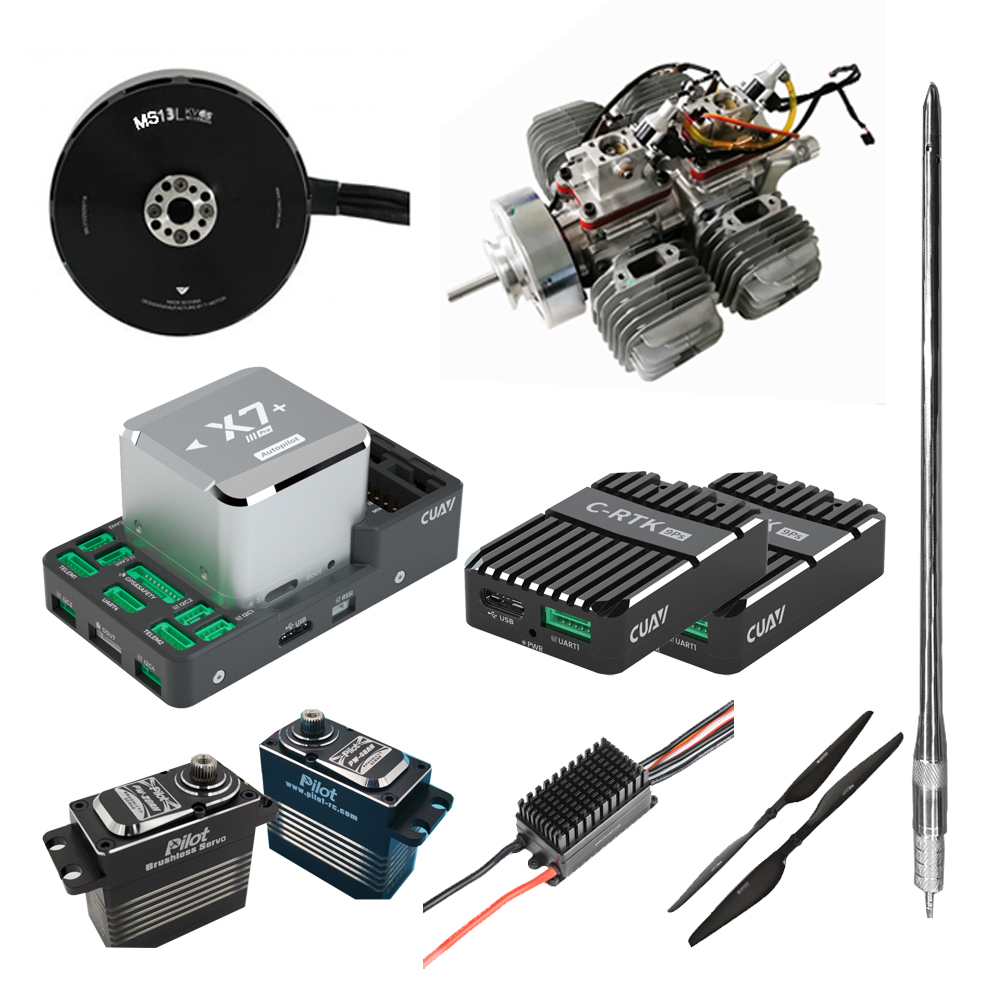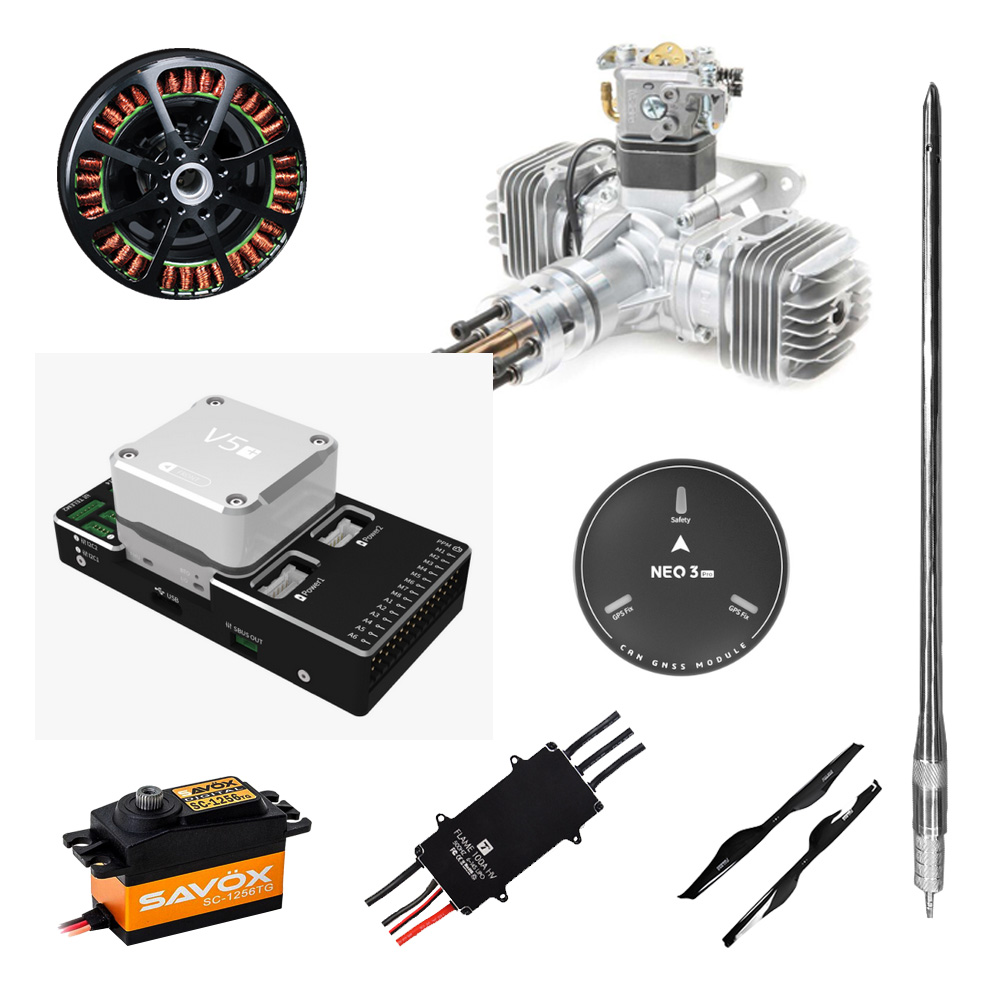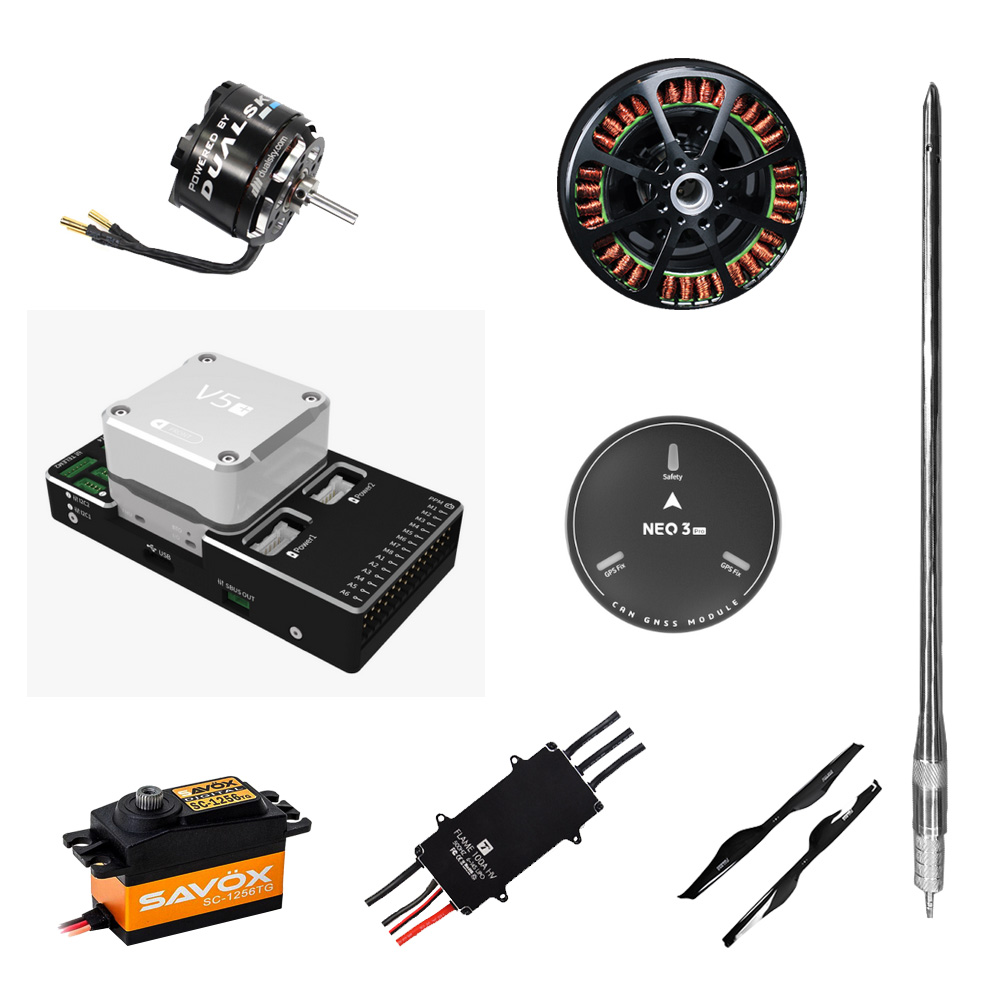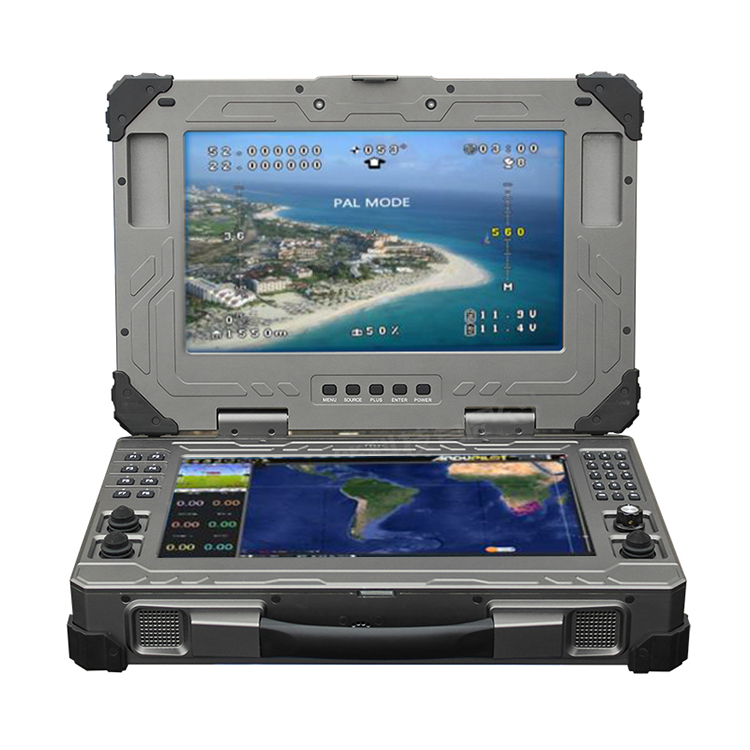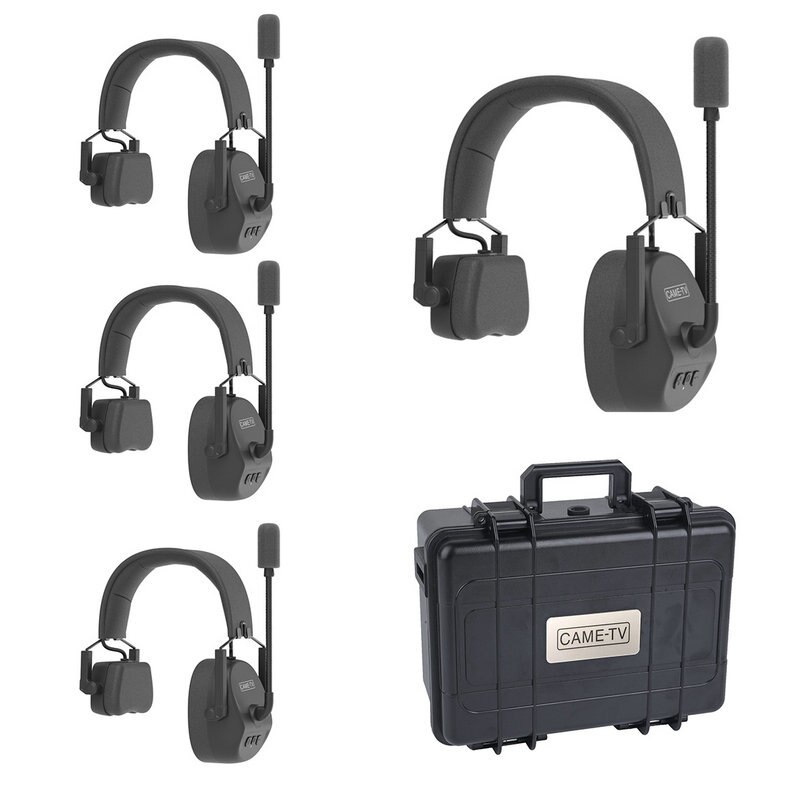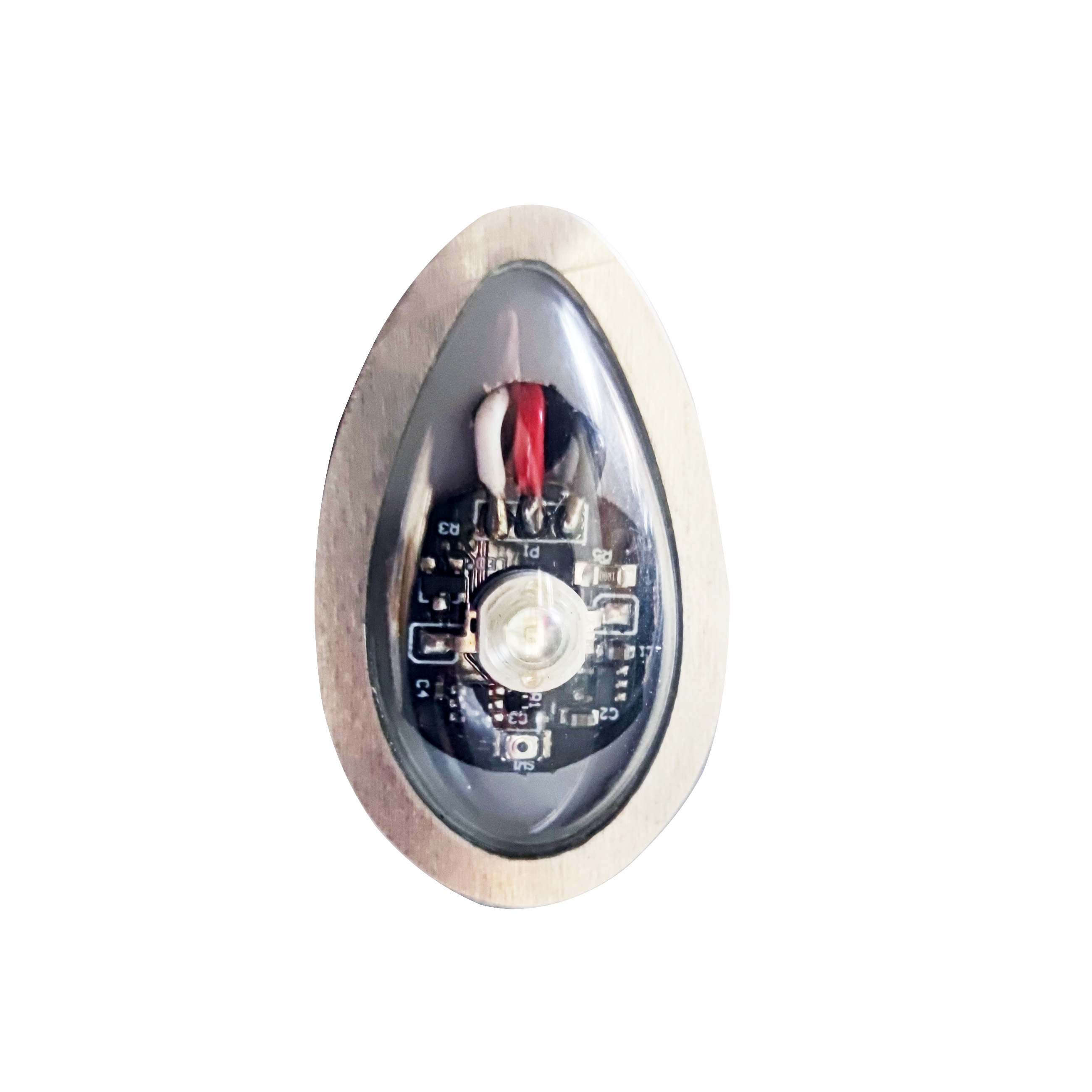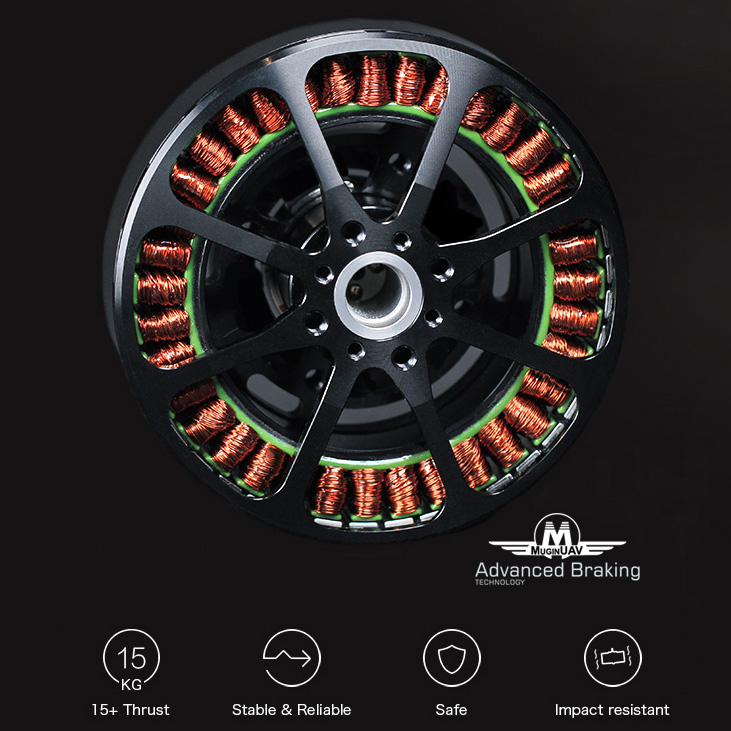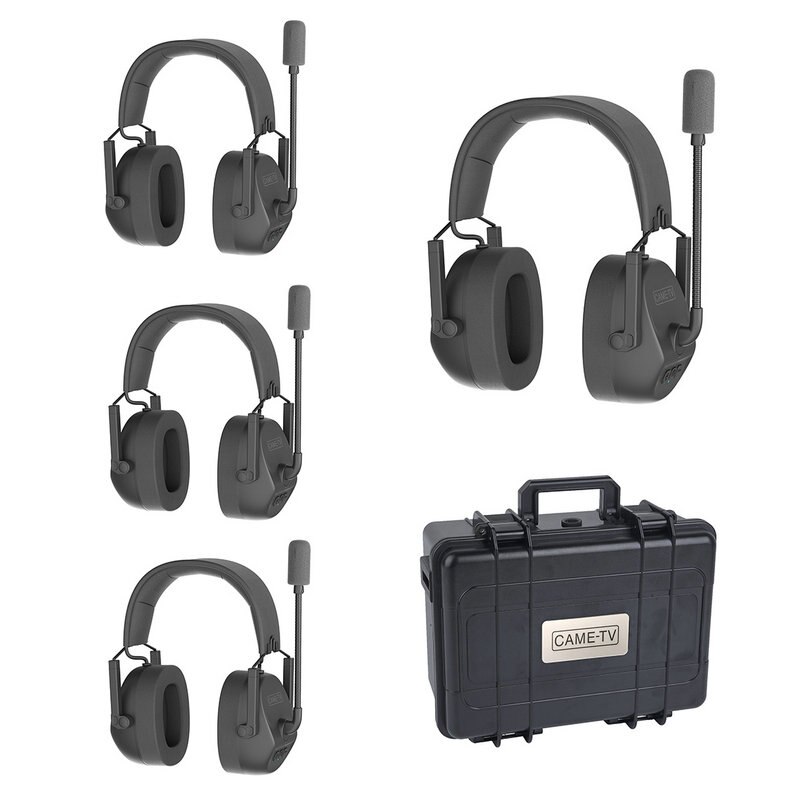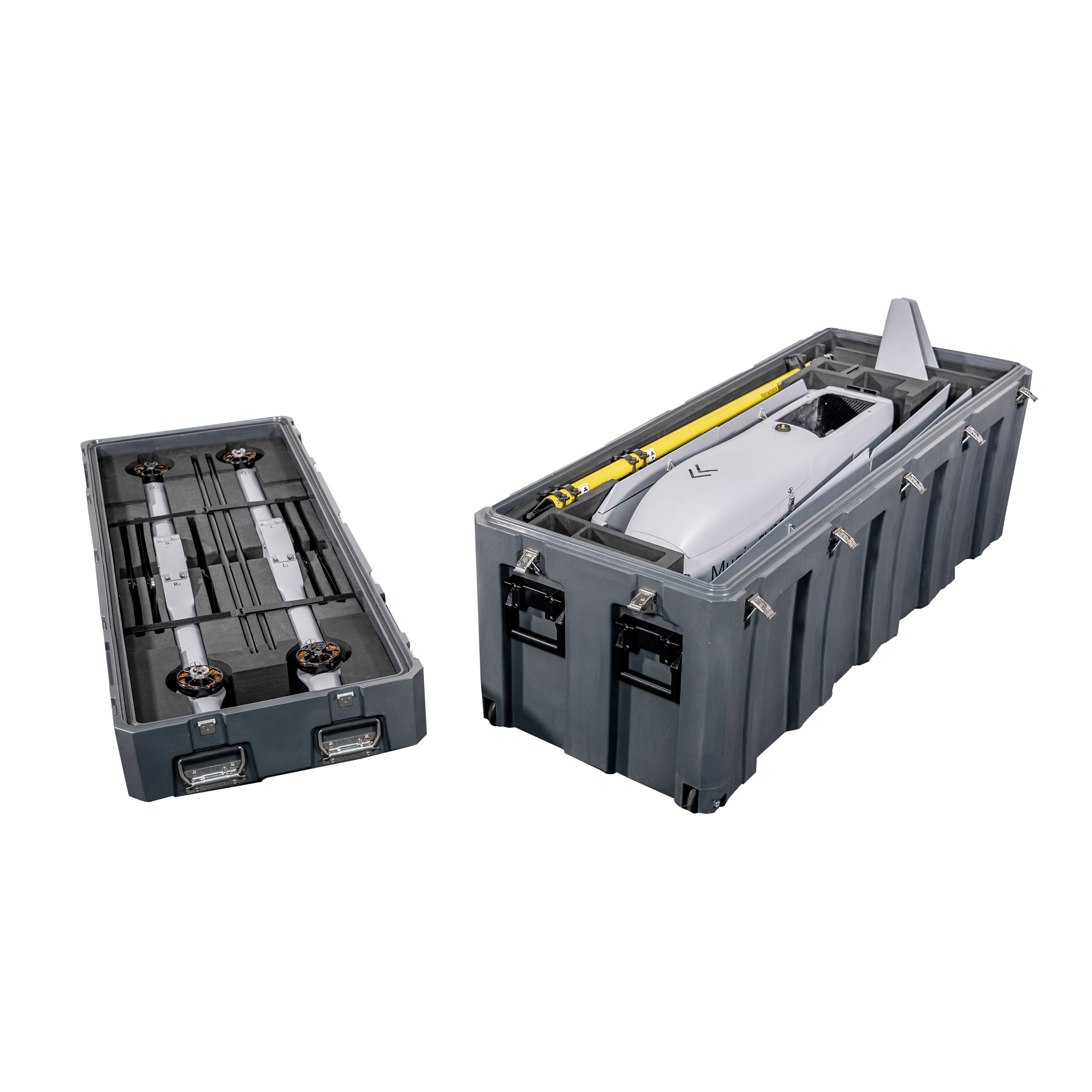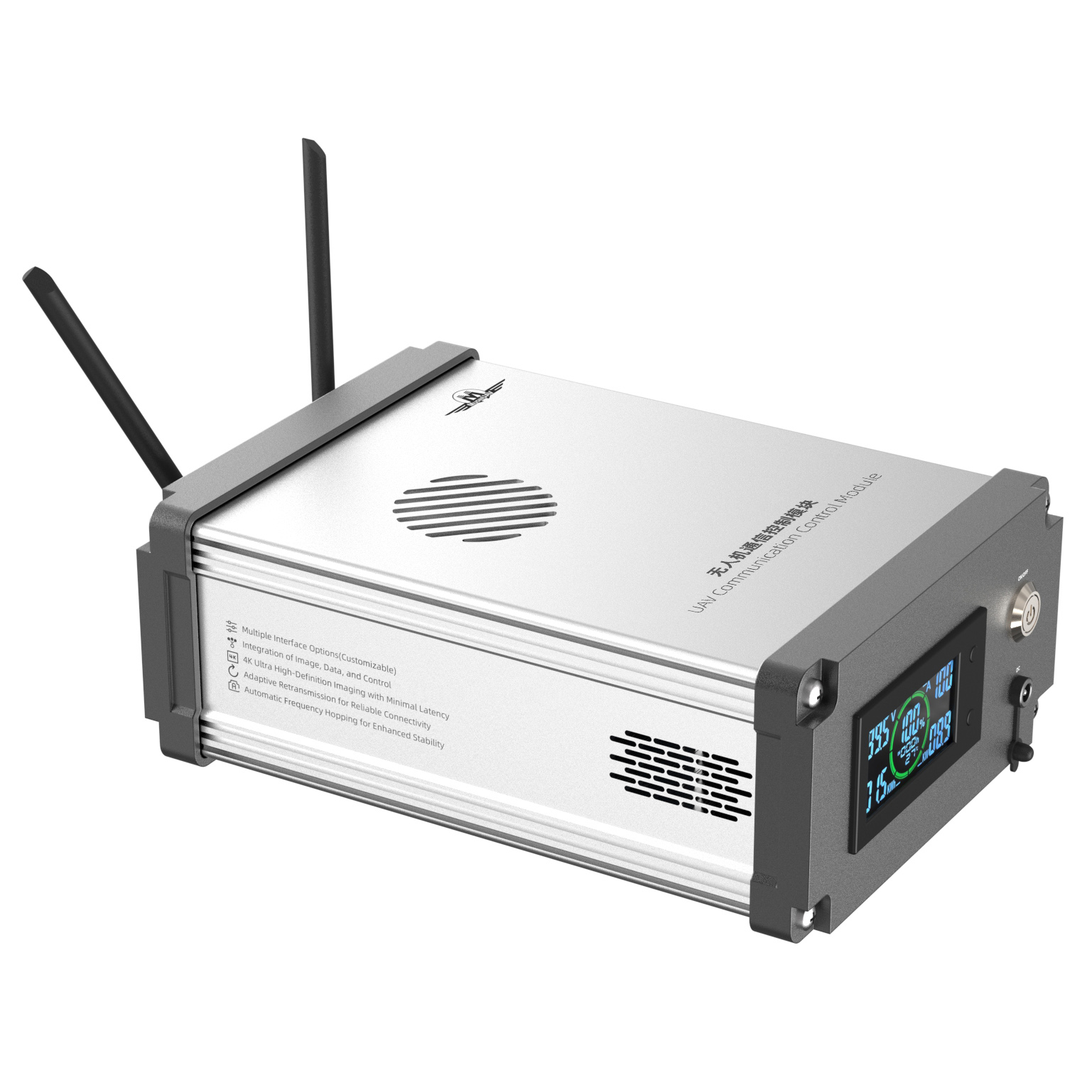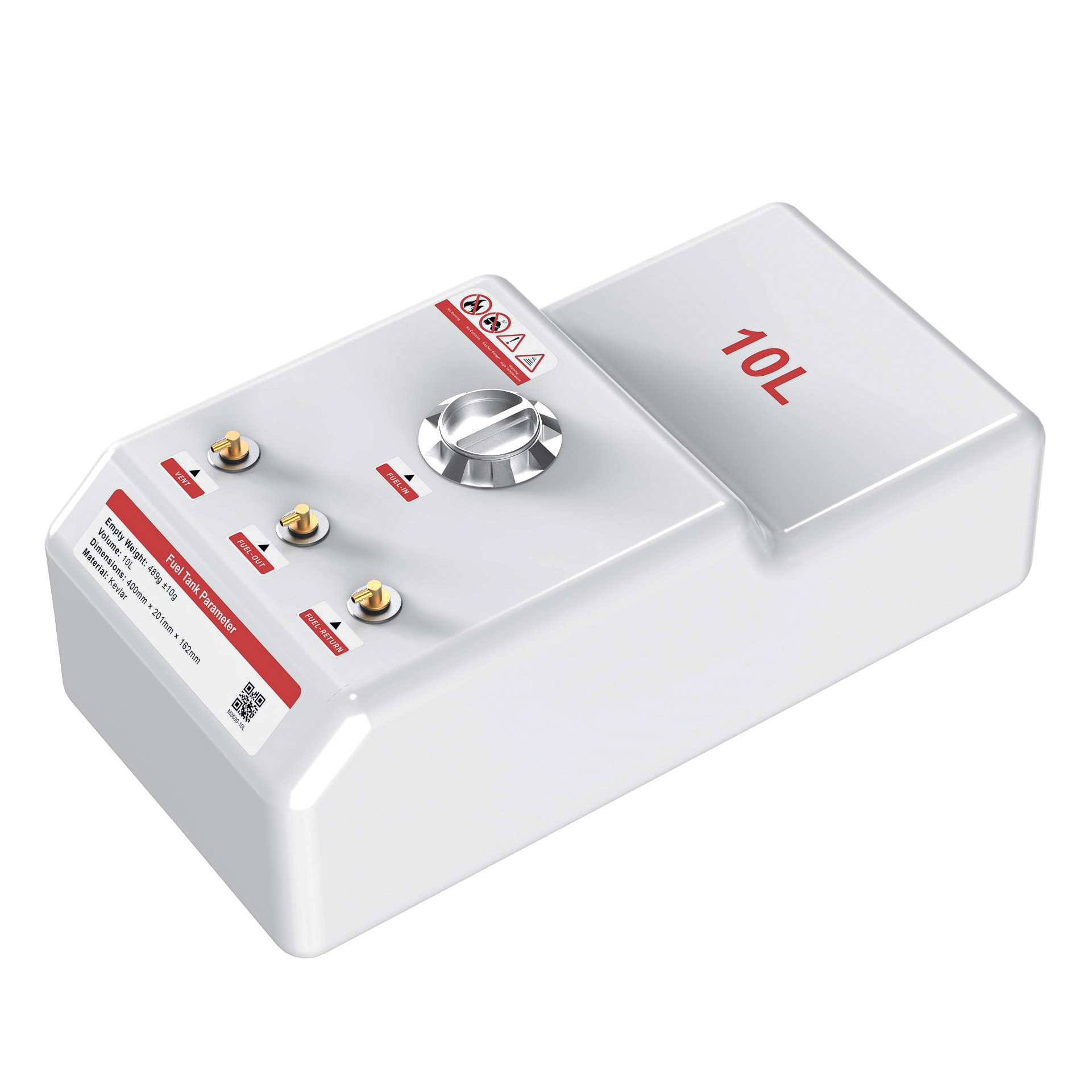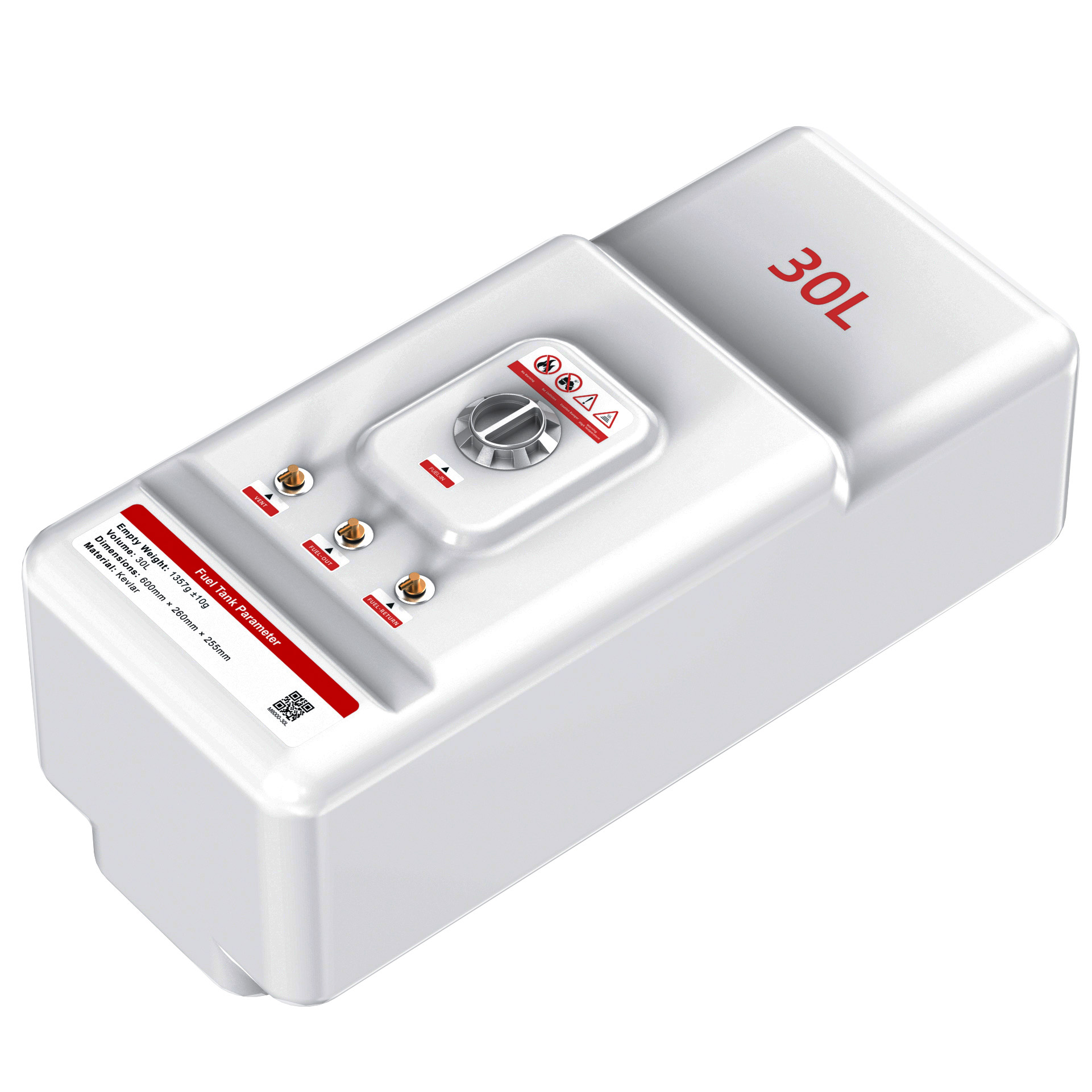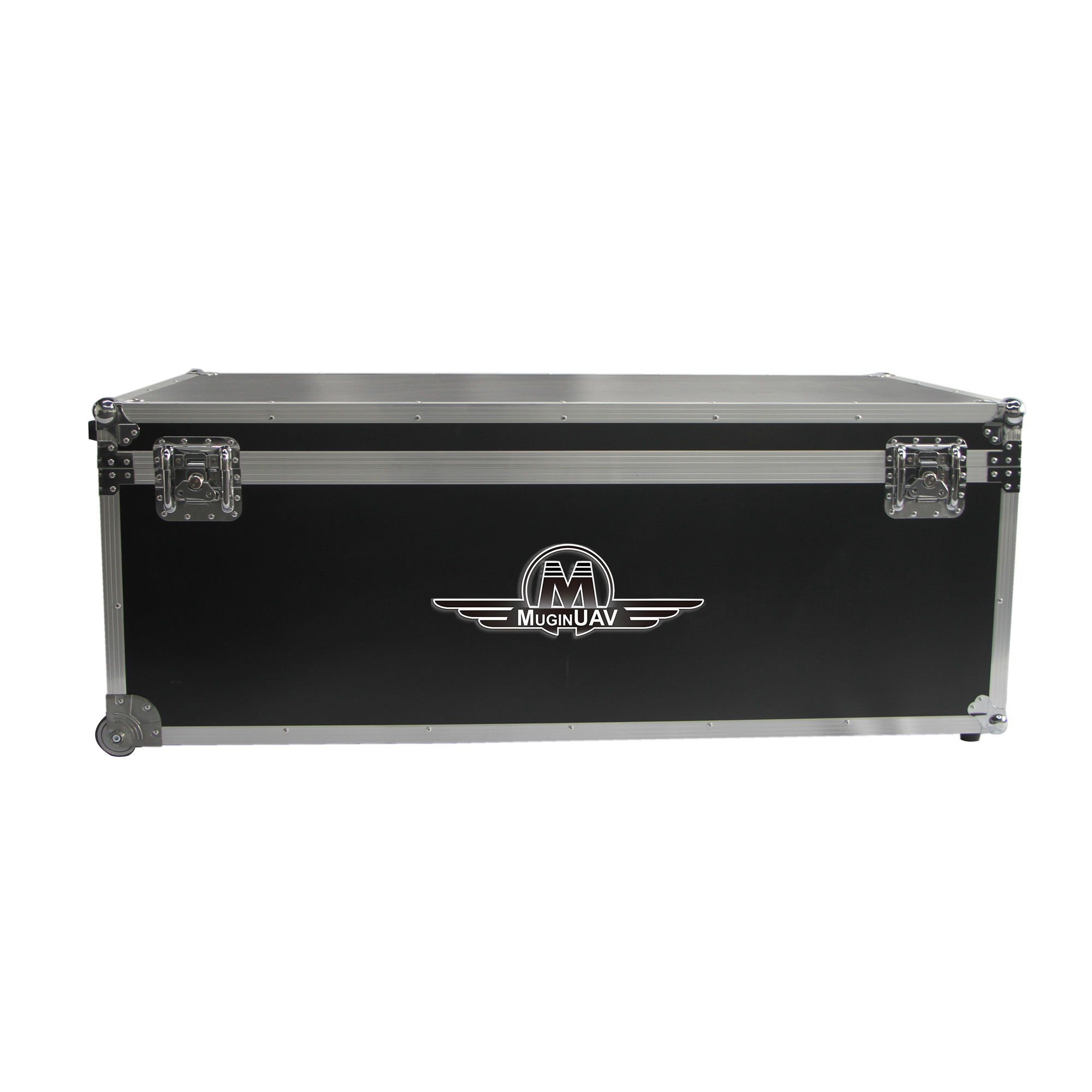[tx_row]
[tx_column size=”1/2″]
UAV technology is an interdisciplinary subject, and it involves a wide range of technical fields.
From the point of view of technology itself, technology mainly refers to the objective realization of drones in terms of function, performance, and demand, while art emphasizes the cultural attributes of drones such as aesthetics and emotions. The two are complementary and mutually unifying.
From the perspective of product design, it is necessary to look at the scientific nature of the product based on materialism, and also take into account the artistry of the product, in order to make the product have a longer vitality.
Therefore, the core design concept of integrating technology and art will inevitably become the mainstream trend. Start with the most basic and intuitive structural direction of drones, and take the folding knot of drones as an example.
[/tx_column]
[tx_column size=”1/2″]

CSIC Aeromarine Intelligent Equipment Co., Ltd Showcased Its New HK-5000G at Zhuhai Air Show.
[/tx_column]
[/tx_row]
Two Sides of Foldable Structure
The key to structural design is to rationally use space to realize the functional value of the UAV. Reasonable space is to determine the space used for the overall shape of the UAV according to parameters such as the overall indicators of the UAV, including modularization, compatibility design, multi-function, etc. Design requirements.
The foldable structure has notable features such as portability, storability, and versatility, and has strong space management capabilities. Therefore, the folding structure is the key to testing the space shape. However, the foldable design will inevitably lead to an increase in the weight and cost of the whole machine structure, and a relative decrease in reliability.
Folded Types
According to different criteria, there are different types of folded structures.
The folded structure generally has two states of storage and expansion. The most widely used folding form is axial folding, that is, a structure folded with one or more axes as the center. In this way, the emphasis is on “folding”, for example, the folding structure of the drone’s arms and the folding wings.
The second type is parallel type, which uses the geometrical parallel principle to fold, including telescopic type, directional type, etc., such as linear steering gear, and chute type self-locking installation structure. This way is to emphasize the “stack”.
The third type is the roll sleeve type. That is to use the basic principle of wrapping the object around the axis to realize the unfolding and folding of the object, which typically represents the tethered unmanned winder. The main driving modes of the folding structure are: manual, hydraulic or pneumatic transmission, motor drive, inertial force drive, self-stretching drive, spring drive etc.
The Nature of Folded Structure
Folding structures can be divided into rigid body motion and rigid body-deformation motion. Among them, in the process of folding and unfolding of rigid body motion, the force analysis generally adopts linear theoretical analysis; rigid motion and deformation motion of rigid body-deformation motion are coupled with each other.
In the process of folding and unfolding, internal force is generated in the components that make up the hinge, and the internal force is relatively complex, and its motion form needs to be described by nonlinear theory. Using the basic principle of folding form and its combination form can effectively improve the space utilization rate of product modeling.
According to the principle of product function first, combined with the characteristics of folding structure process materials, the functional rationality of folding structure is further considered. Secondly, folding The key to structural design is the nodes of the mechanism. The node design needs to meet the feasibility of the movement of the folded structure, and there should not be too much friction at the nodes.
Finally, we can determine the stability characteristics of the folded structure by calculating the degrees of freedom of the mechanism of the folded structure by using the relationship between the components and the nodes.
Folding for Portable
For small consumer drones, on the premise of meeting the defined functions, the portability of the product is characterized by small size, novel shape, and convenient storage, which further amplifies the personalized characteristics of the product and satisfies the aesthetic taste of users.
From the perspective of consumer drones, the portable design is basically the standard configuration of the product. The portable design is always pursuing a small space volume. With the increase in the functional requirements of the drone, the space volume of the drone is also increasing, the advantage of portability is gradually decreasing, and the folding structure can slow down the trend of decreasing portability.
In addition to the size factors of portable design of small drones, design factors such as weight, shape, function, and color also belong to the category of industrial design considerations, which need to be defined in combination with the functions of the drone itself. Such products are mainly rotary-wing UAVs, the weight of the arms is small, and the requirements for material strength are not high. The basic form of its folding function is rotary shaft folding. In the retracted state and the unfolded state, the base of the machine arm has the function of positioning and locking.
Folding for Ease of Use
UAVs with a foldable structure are mainly reflected in the ease of use of human-computer interaction of UAVs. This ease of use puts forward higher requirements for the foldable structure, which not only requires the use of UAVs in the process of using them.
It can quickly enter its working state, and requires the drone to be quickly stored and stored after use. Therefore, the folding structure must also have the characteristics of quick release and self-locking position. The folding structure of rotary-wing drones is more common in the arms.
This type of function requires general manual folding. When the wheelbase is large, the storage and transportation space can be reduced by folding up and down or left and right. In recent years, with the development of UAV swarm control algorithm technology, there are more and more application scenarios of formation UAVs in the night sky.
For the dense formation of UAVs, the use, transportation and storage are problems that cannot be ignored, and the folding structure and the form of barrel launch may be a good solution to this problem. At the same time, the combination of UAVs and fireworks also appear more compact.
Folding for More Functions
As a new type of modern weapon, the wing folding and unfolding technology is one of the key technologies of the barrel-launched UAV. The application of the folding structure not only enriches the application scenarios of UAVs, but also provides strong technical support for the transformation of UAV functions.
Based on the practicality of folding technology, it is possible to combine UAVs with missiles. Innovation makes people’s eyes shine, and its artistic attributes are displayed. The main driving methods for wing deployment are gas brake, motor drive, and spring drive. Most cruise missiles are based on a spring hinged folding structure, which has the advantages of fast structure deployment time, fast system response, and easy flight control control.
Folding for Performance Enhance
The new type of memory alloy material and electronic control system are used to replace the traditional hydraulic drive system, which greatly reduces the weight of the wing. Combined with a reasonable folding structure design, it can effectively change the aerodynamic layout of the UAV and realize the adjustment of the flying state under different conditions.
This feature is mainly used for the folding method of the air deformation of the fixed-wing UAV wings, and the wings can be folded in several sections. Folding at different angles will affect the aerodynamic characteristics of the wing such as dihedral and sweep. When the wings are fully unfolded to obtain a large lift-to-drag ratio and a long clearance time, it is beneficial to take-off or cruising. When flying at high speed or maneuvering, the wings are folded to reduce flight resistance and obtain higher speed. For large-scale UAVs on board, the requirements for the retractability of UAVs are relatively high. Whether it is a manual folding wing or an automatic folding wing, a reasonable folding structure is required to achieve.
Expansion of New Applications
By using the foldable structure to expand the application scenarios of the UAV, it is possible to create a small reconnaissance UAV with road and air functions, and improve the environmental adaptability of the UAV.
UAVs that use wheels or tracks to drive on the ground to perform reconnaissance tasks consume much less power than rotary-wing UAVs in the air, but such robots using wheels or tracks are often limited by terrain.
The combination of man and machine, through a reasonable folding structure, effectively combines the rotor system and the hub system, and optimizes the energy consumption of the whole machine, which can improve the performance of the UAV and the duration of reconnaissance in an all-round way, and the prospect is good.

